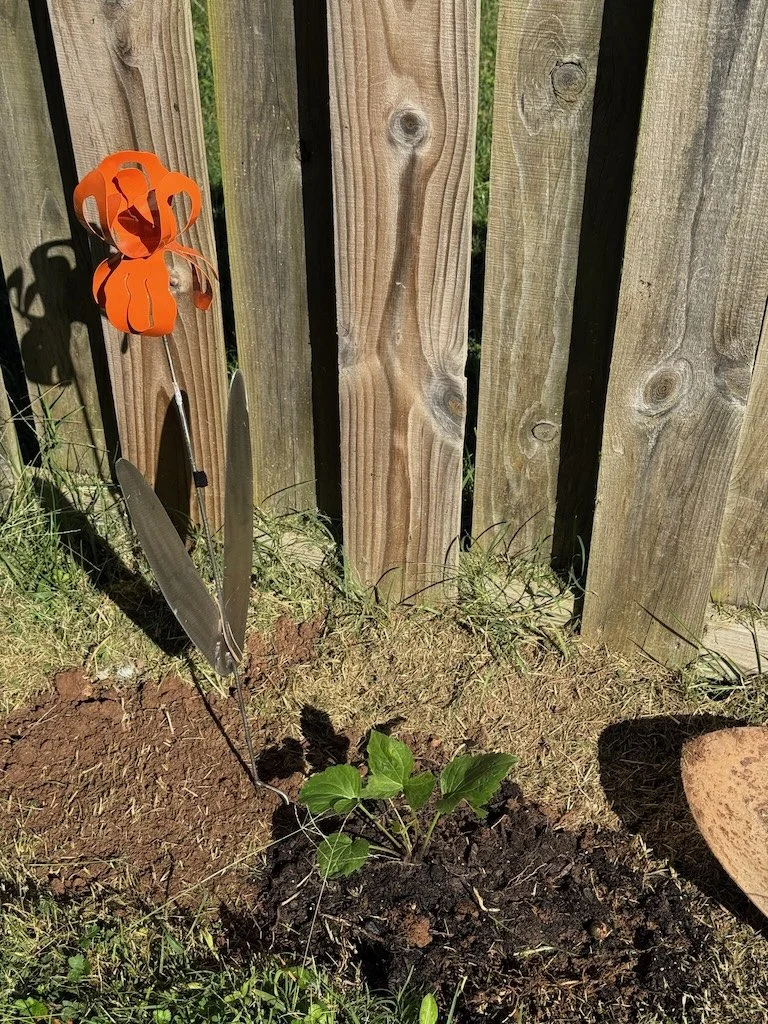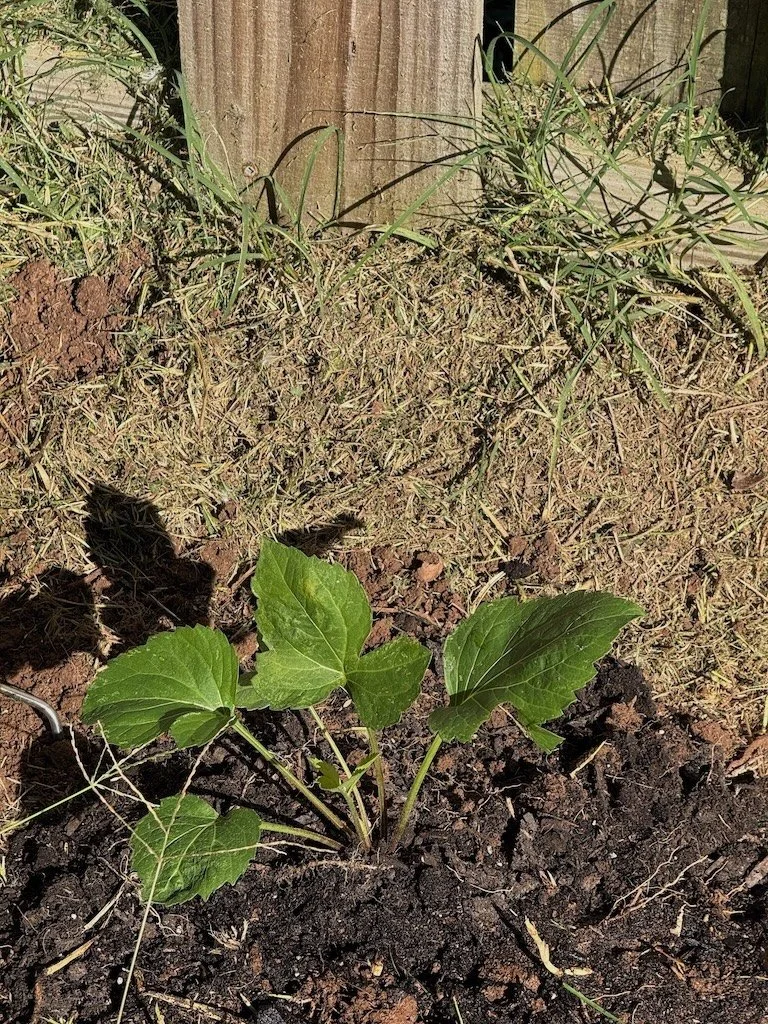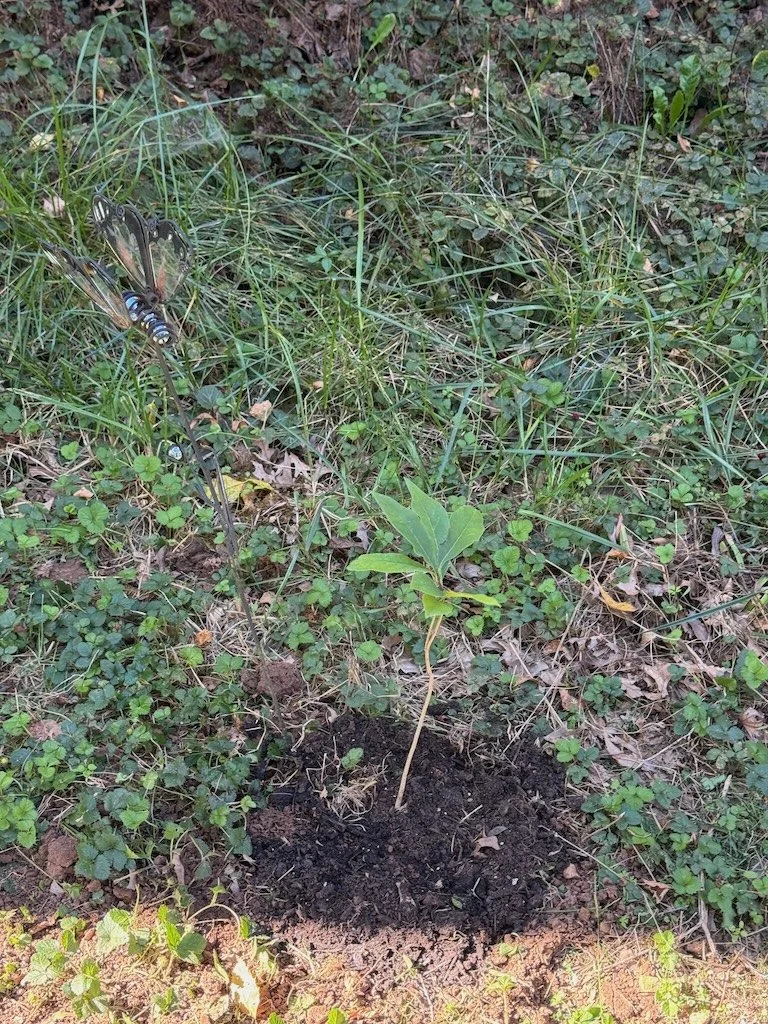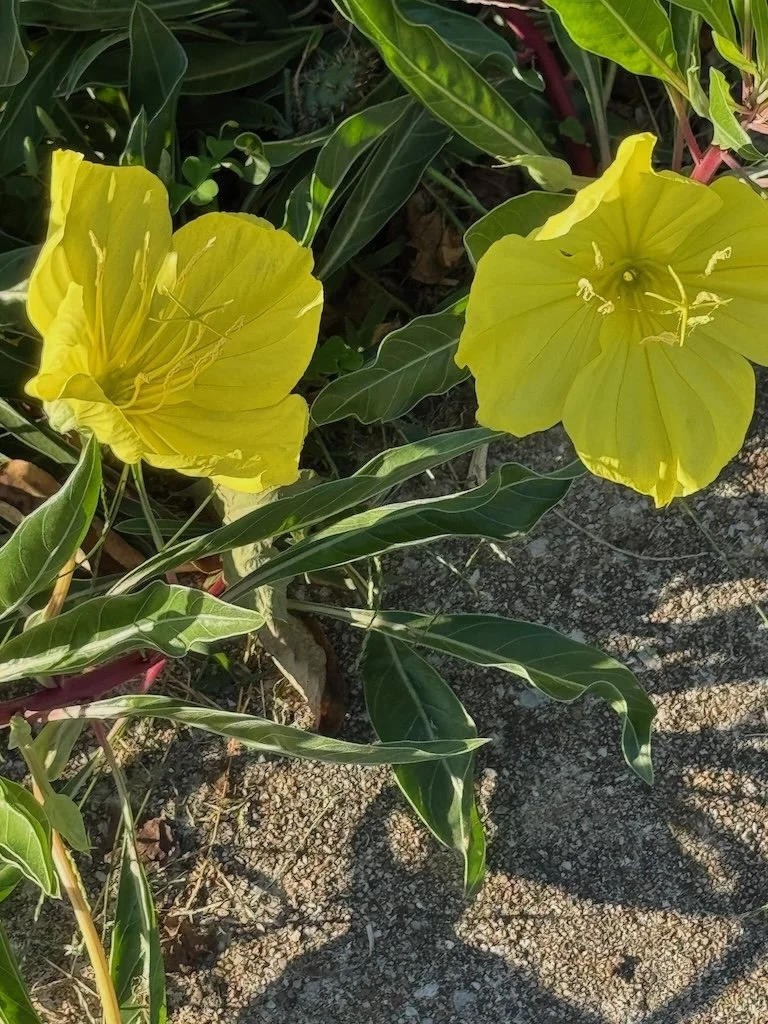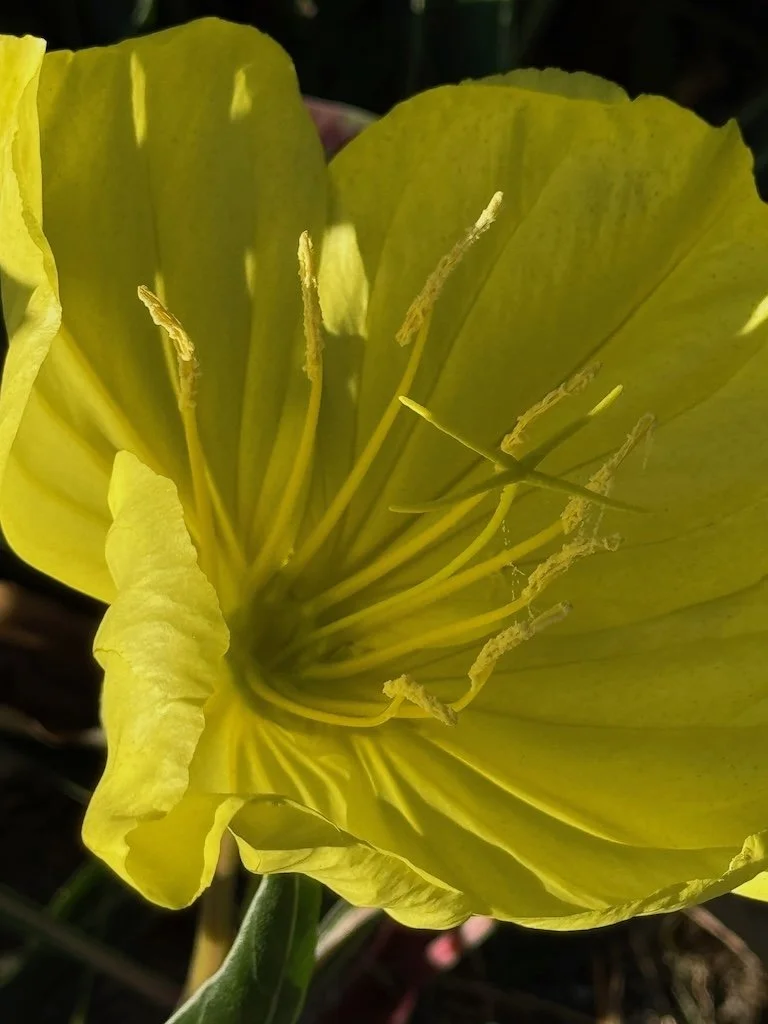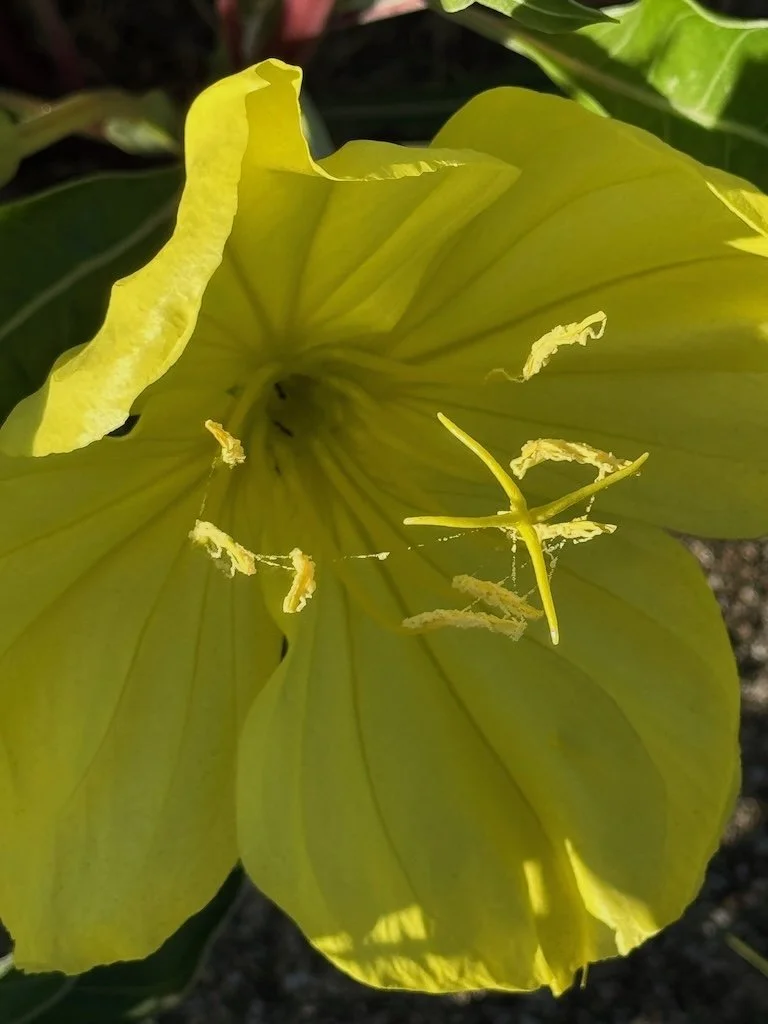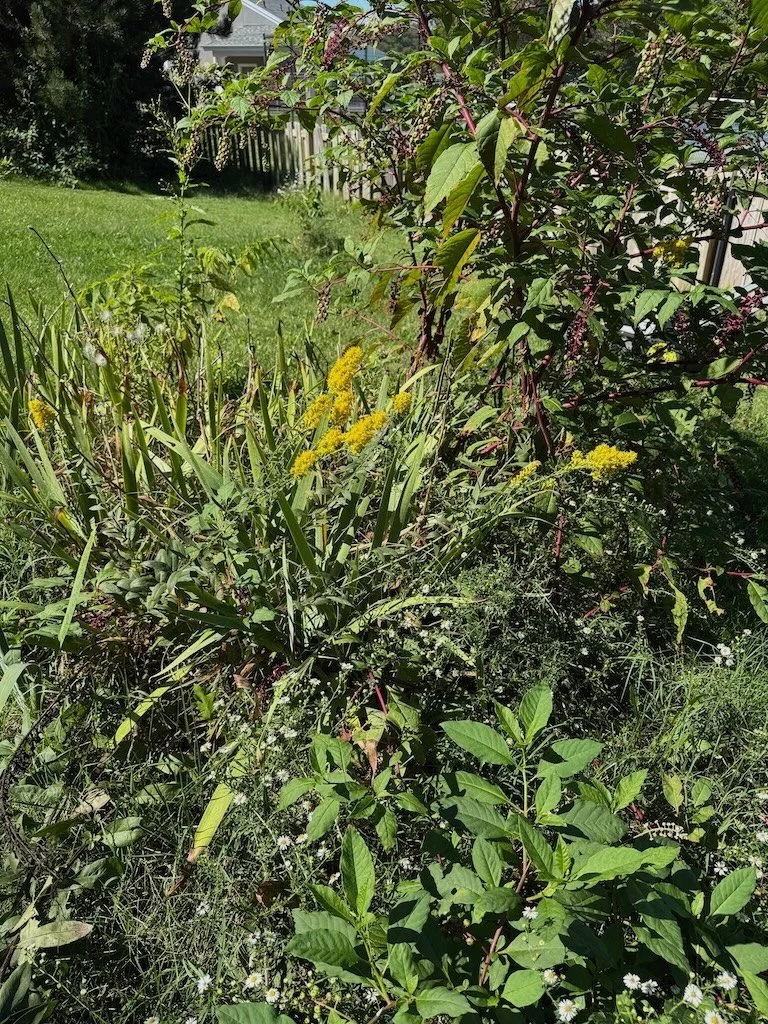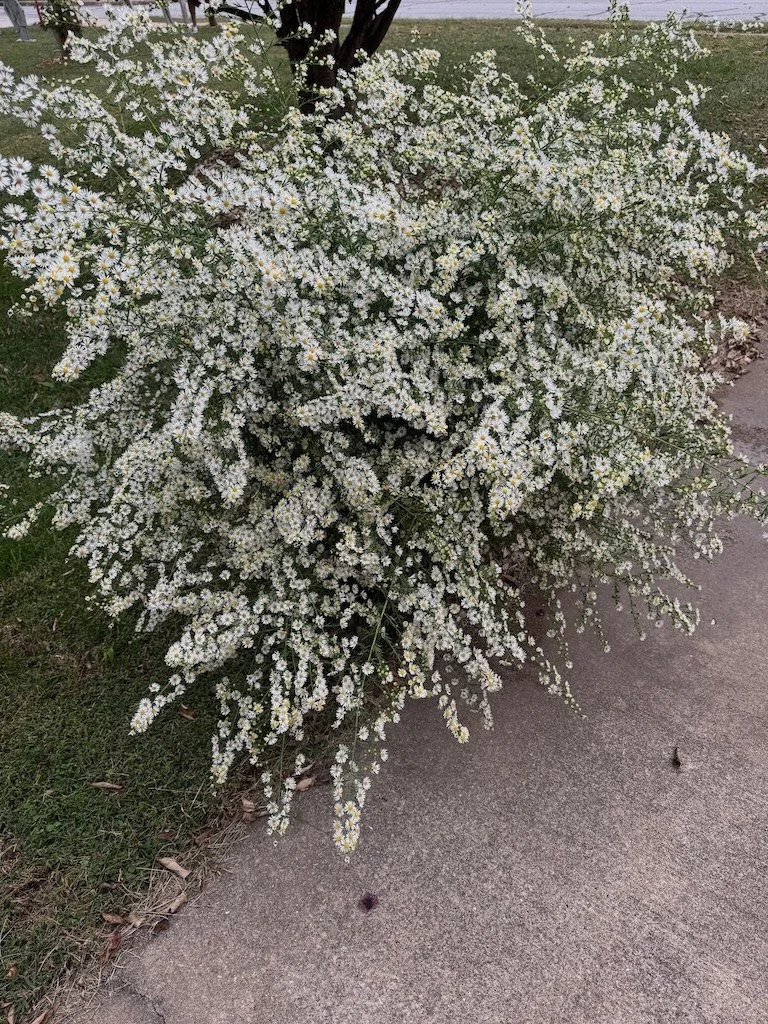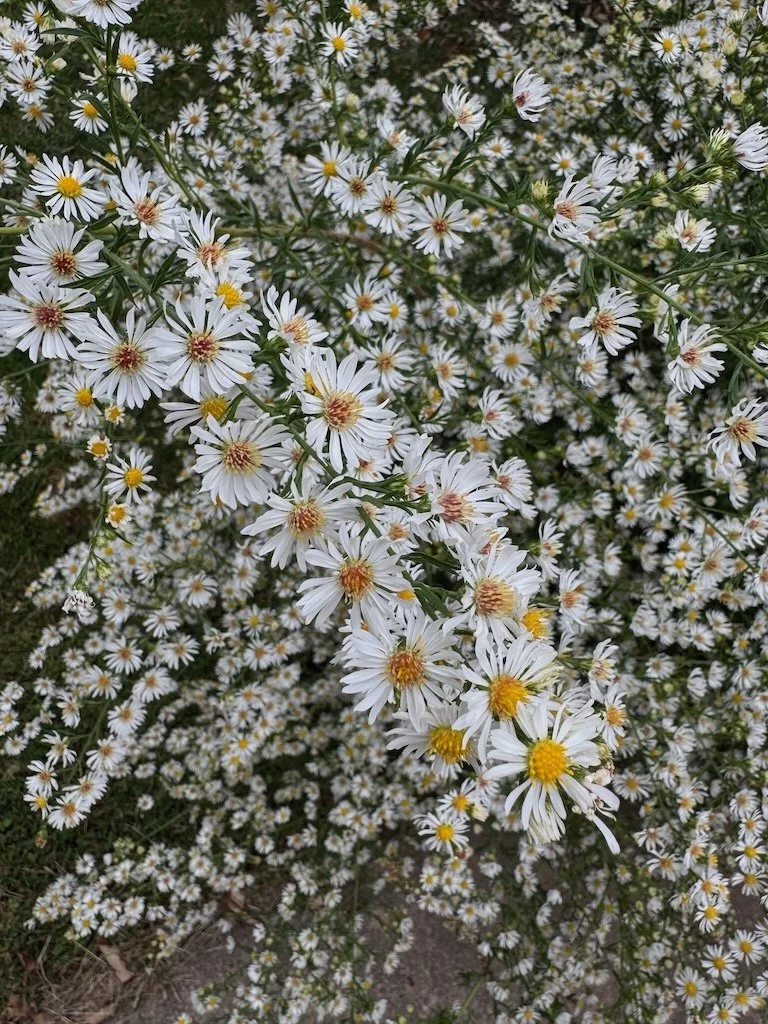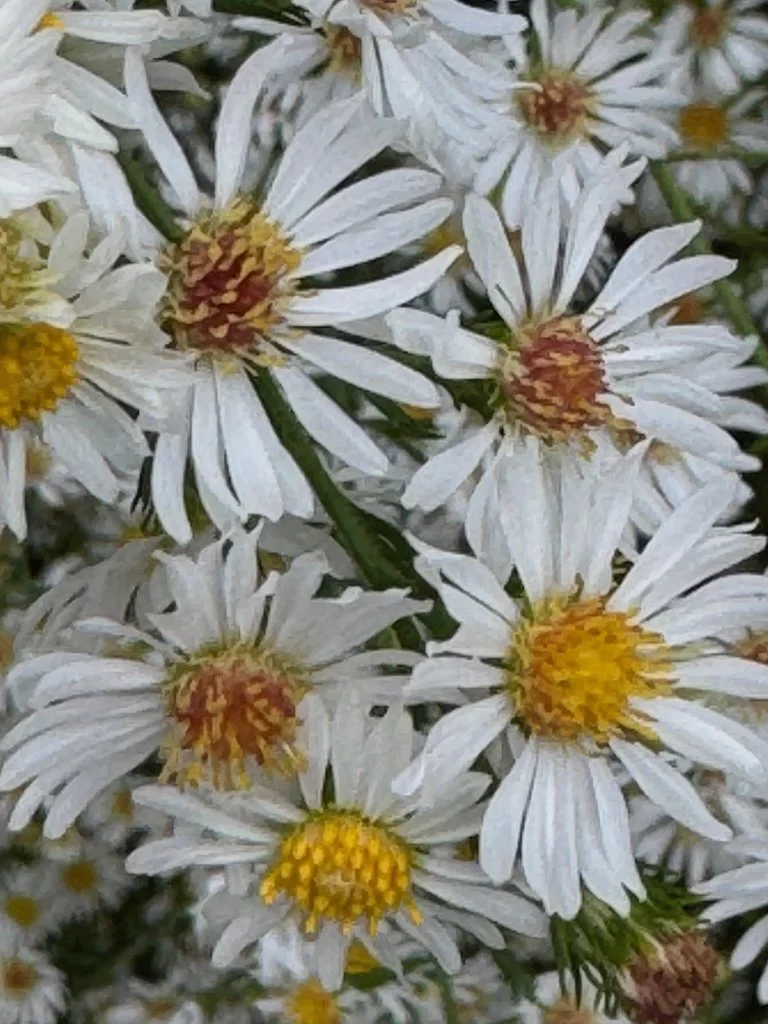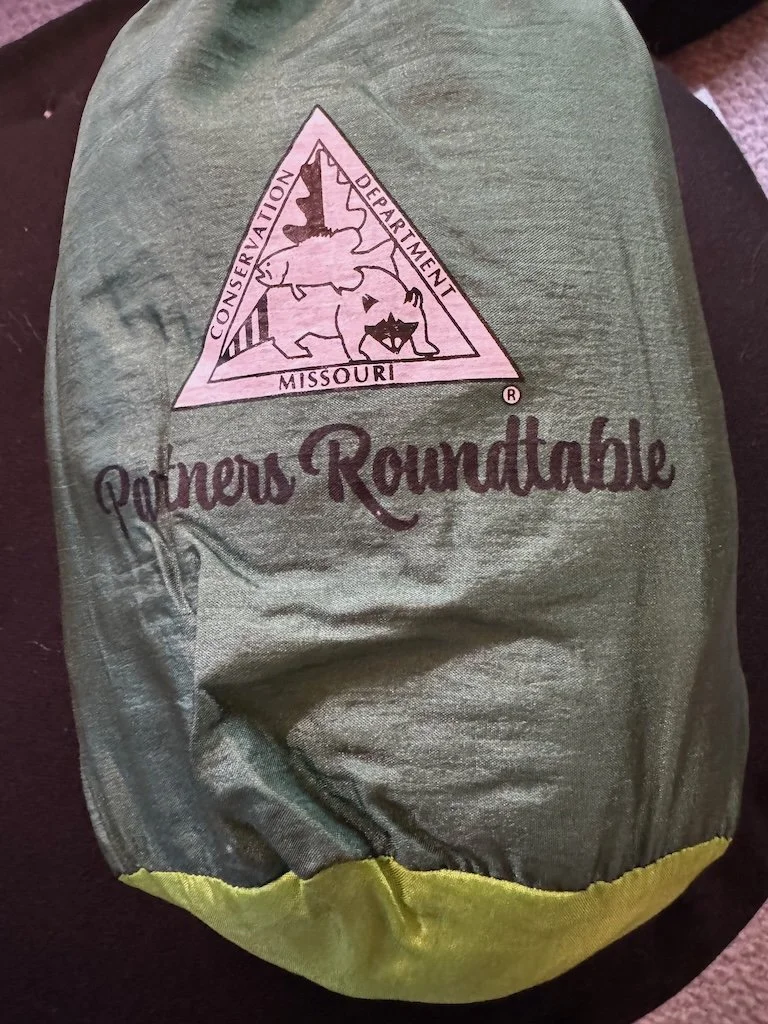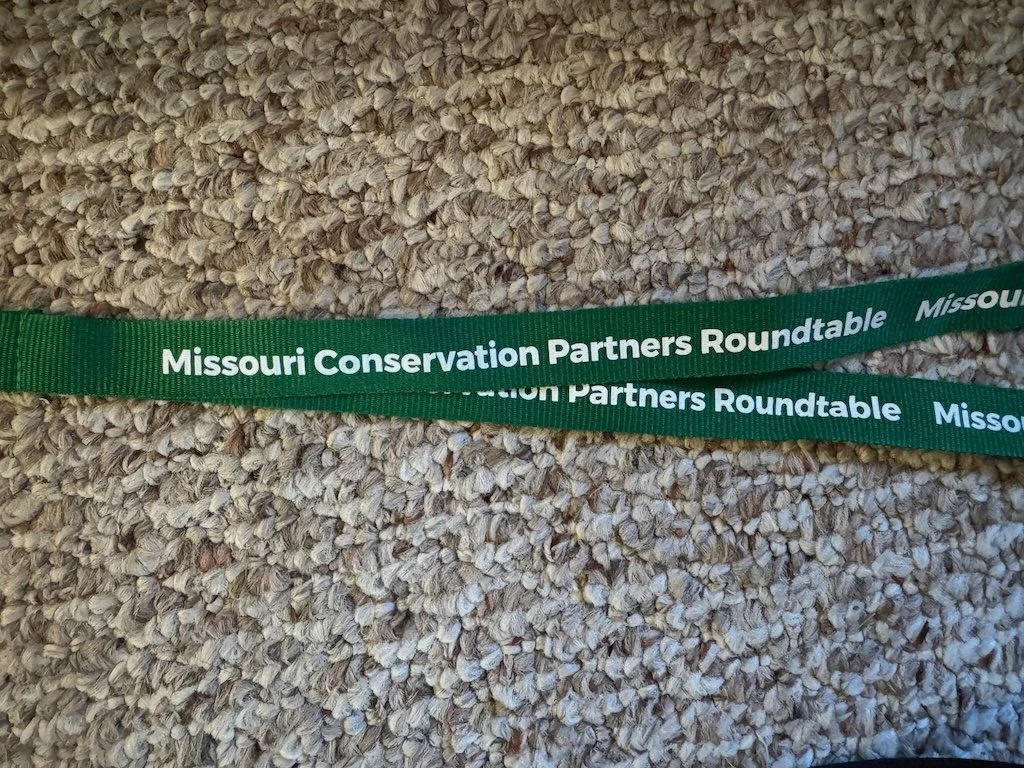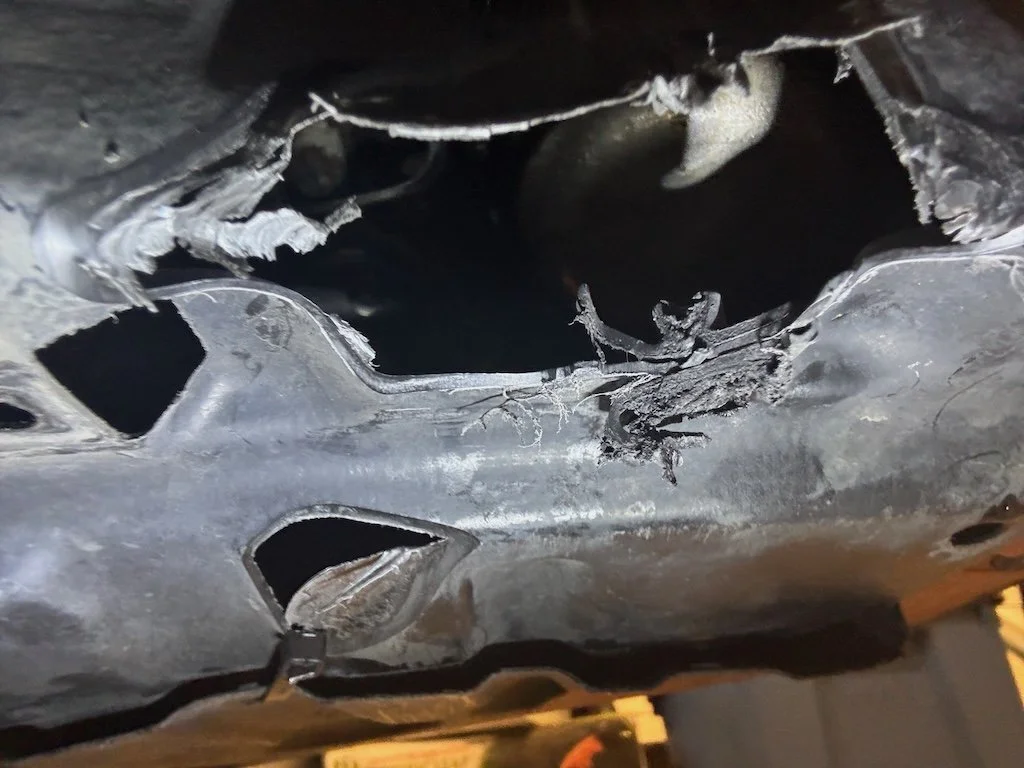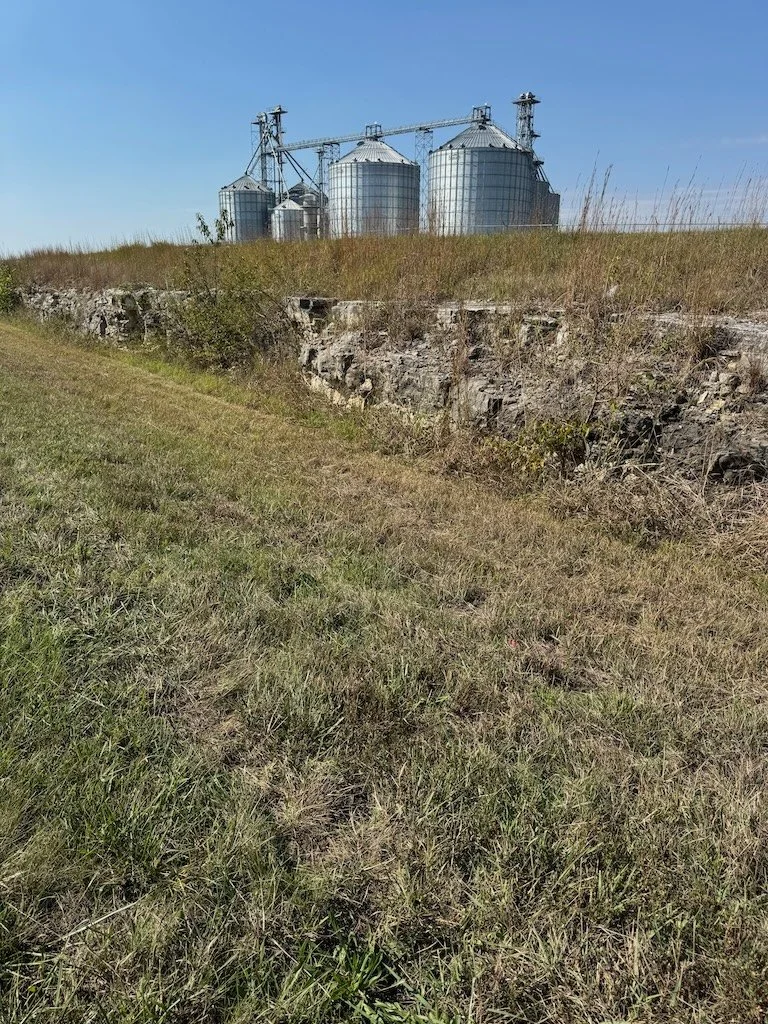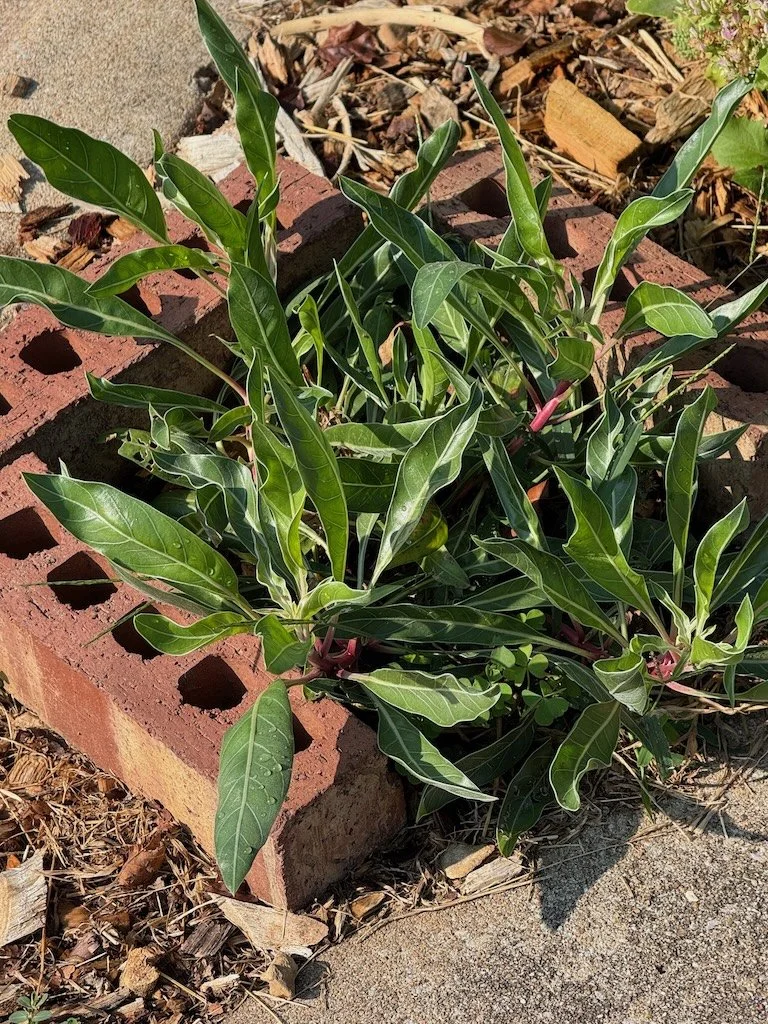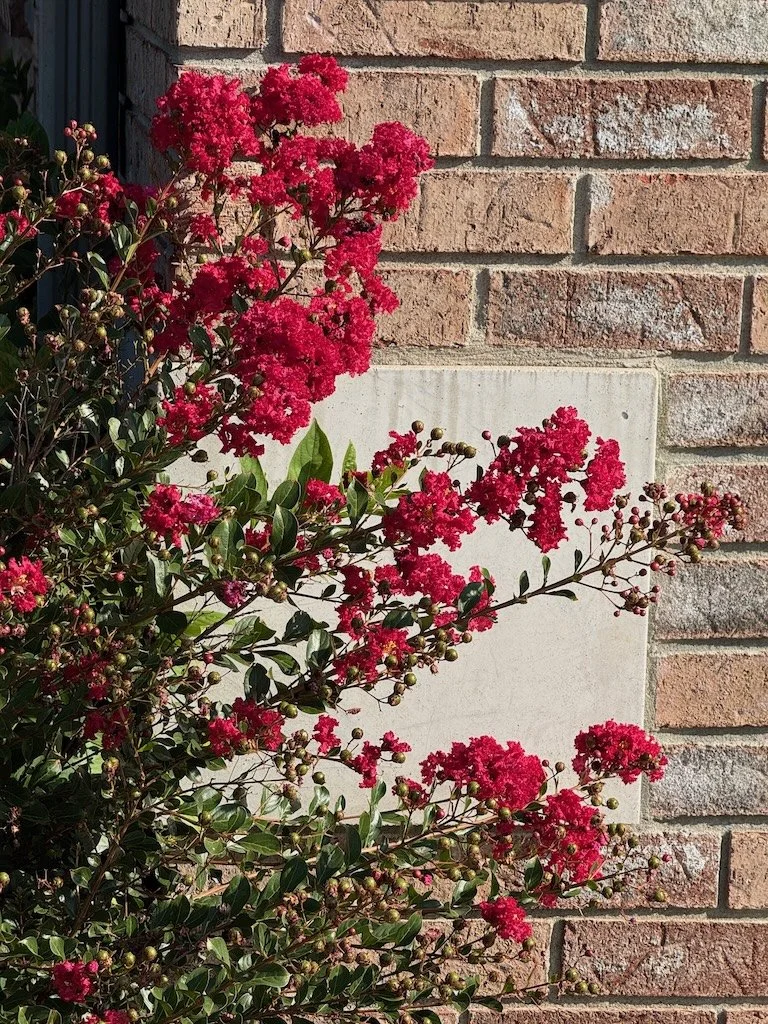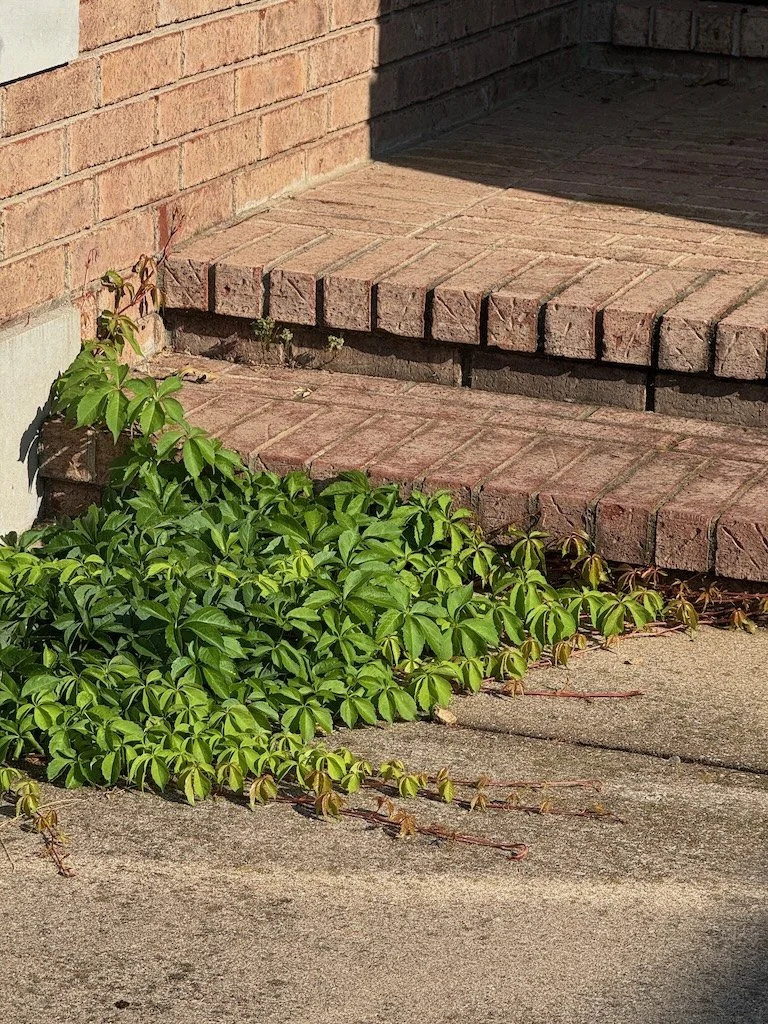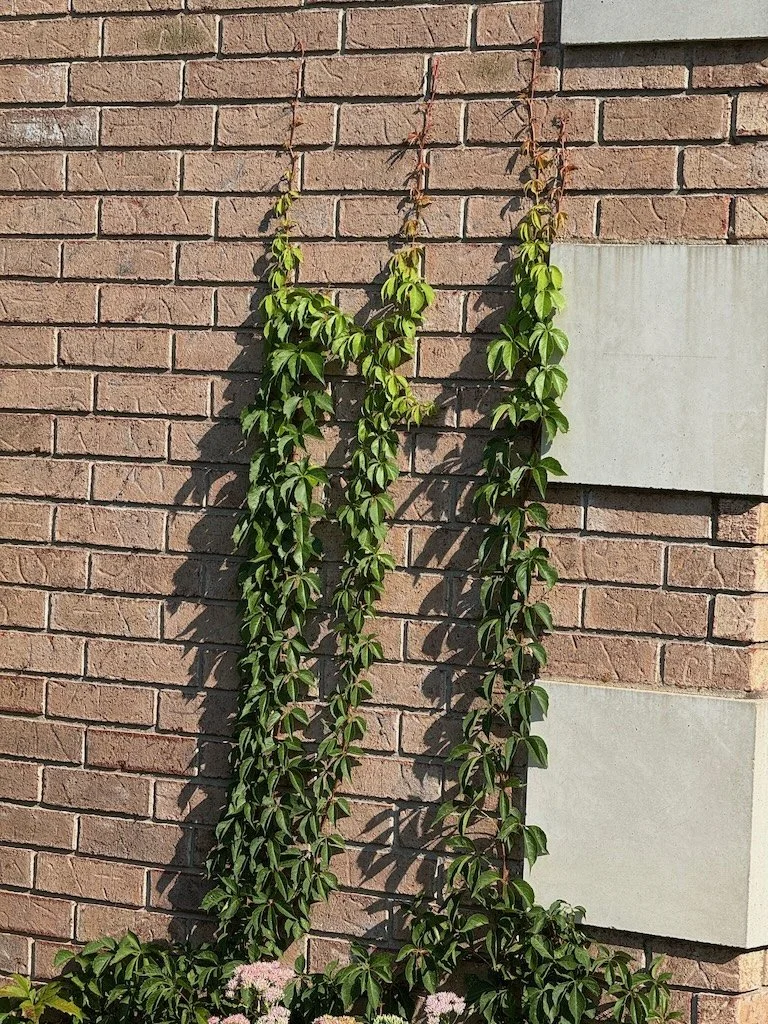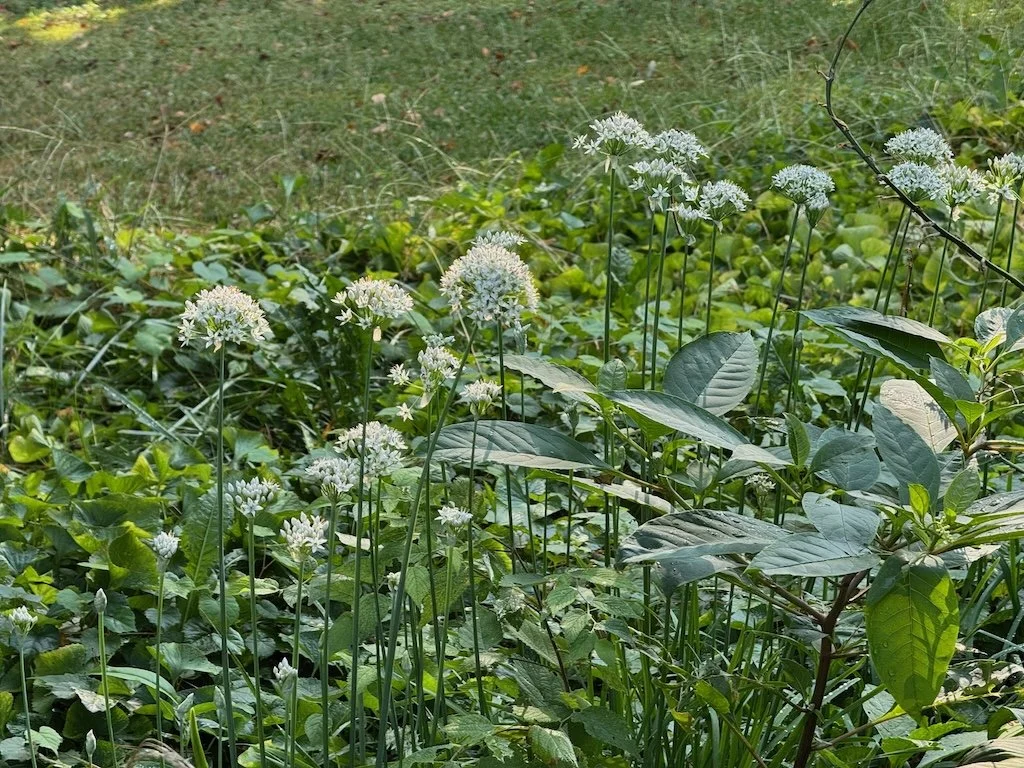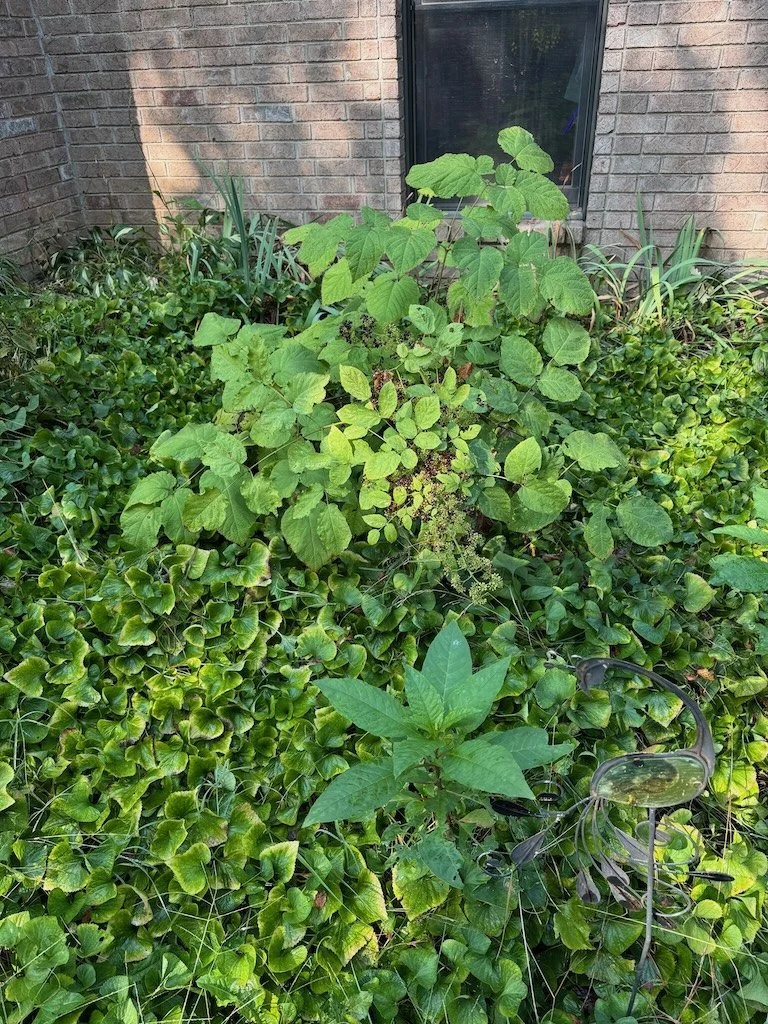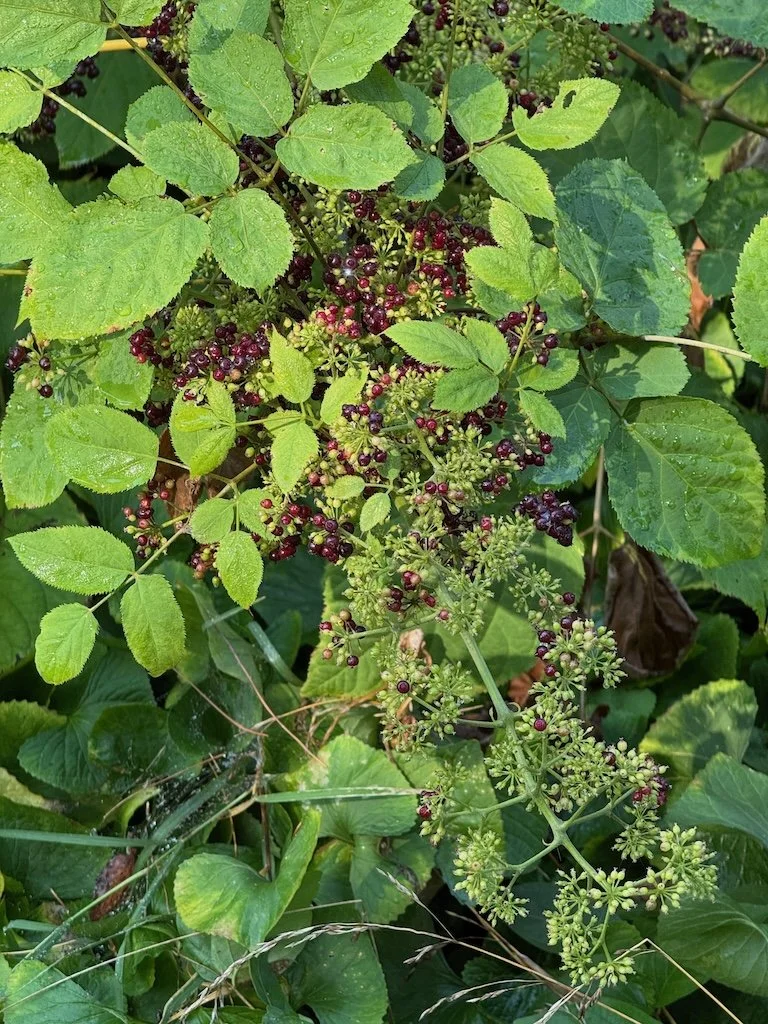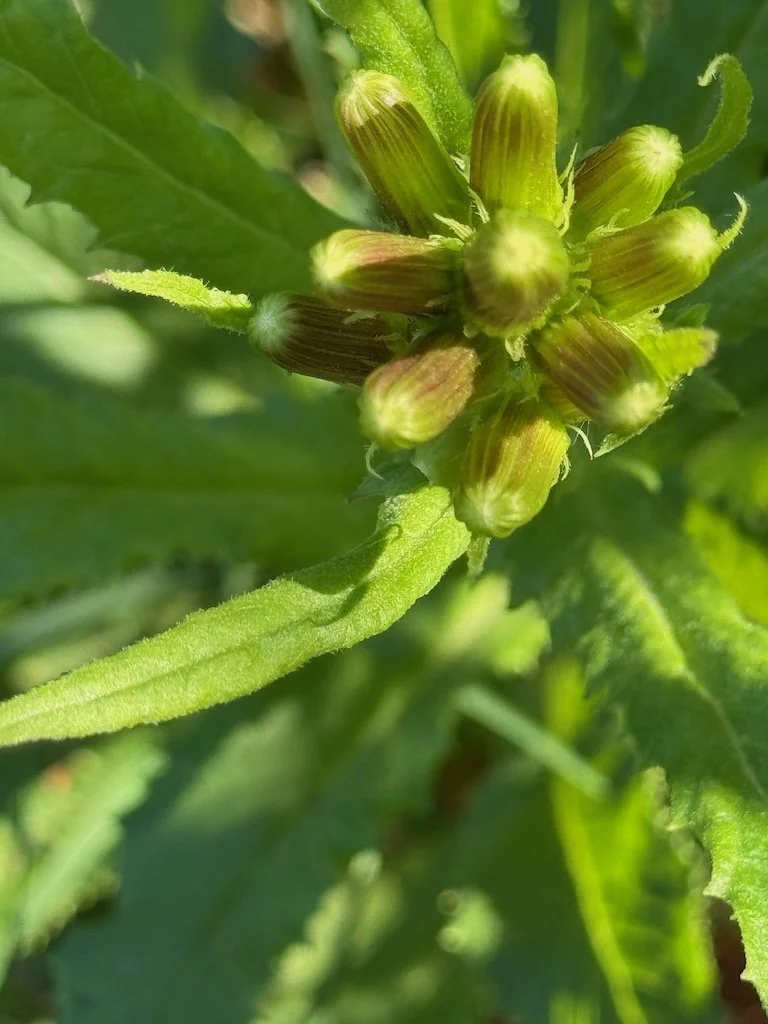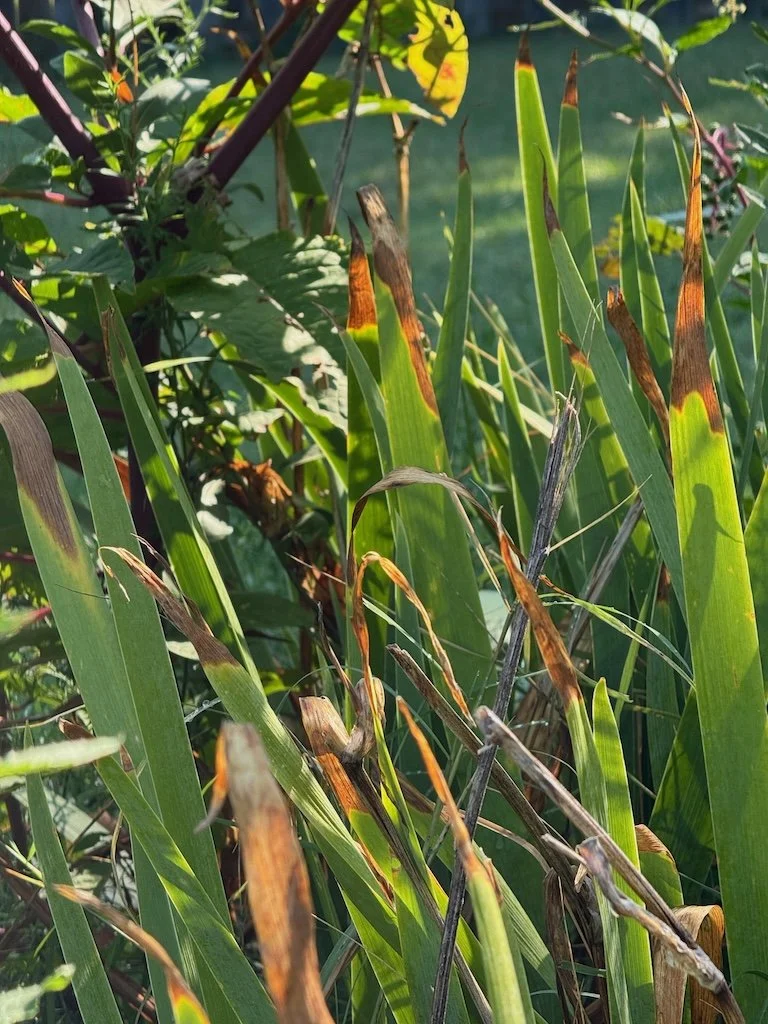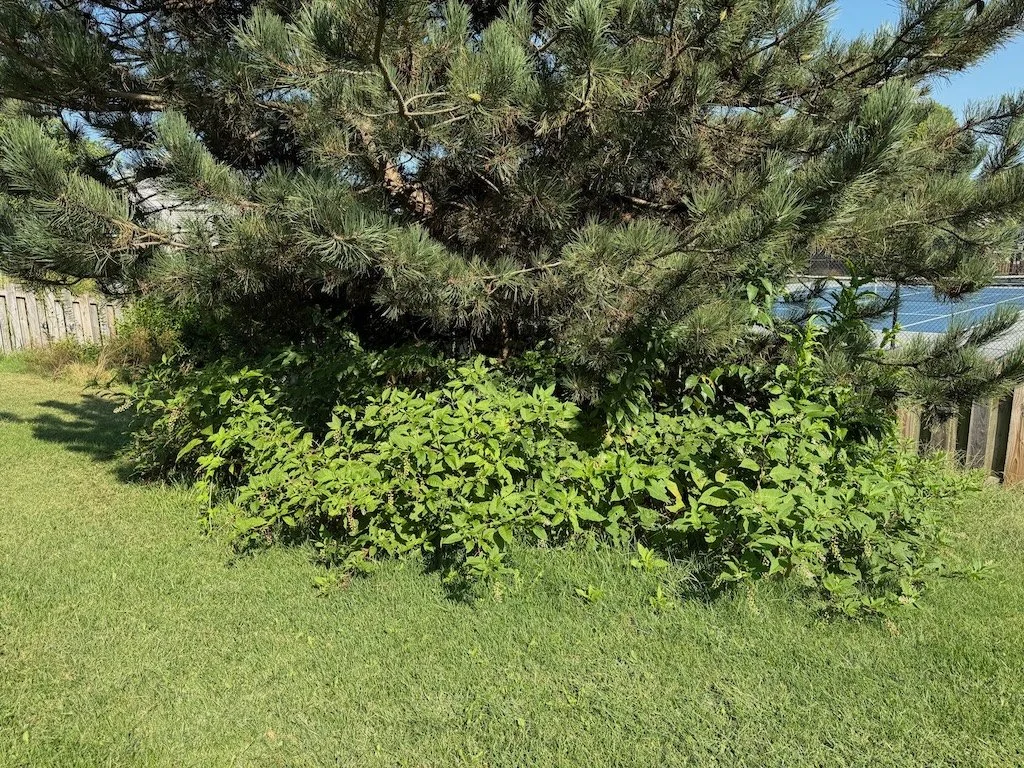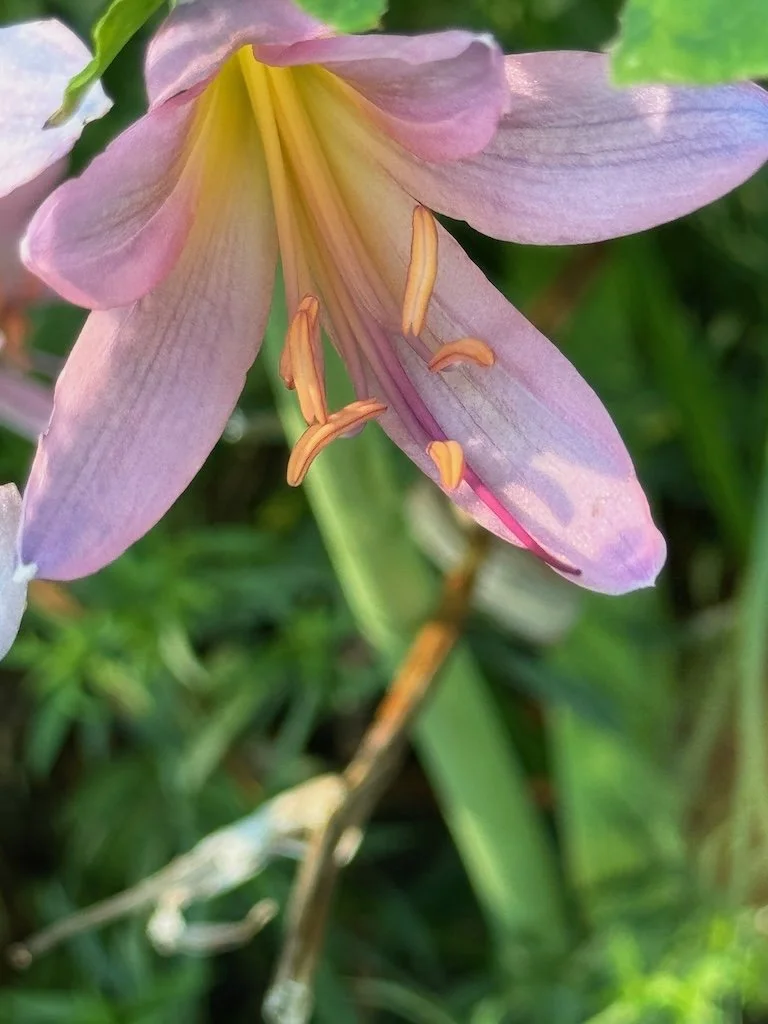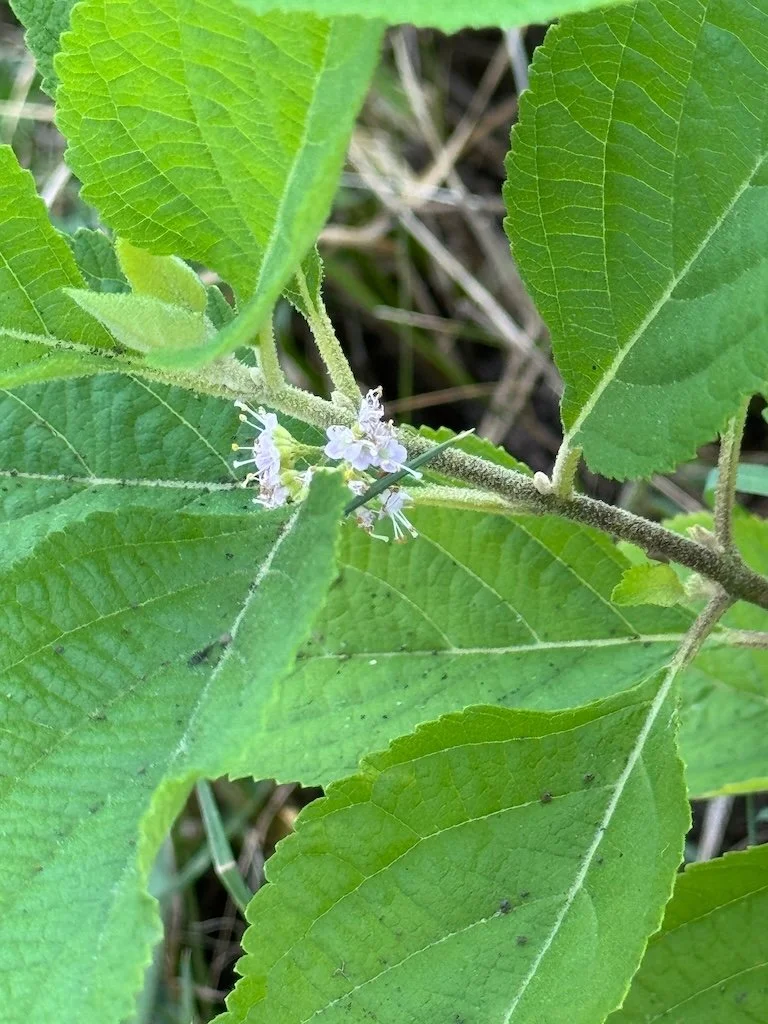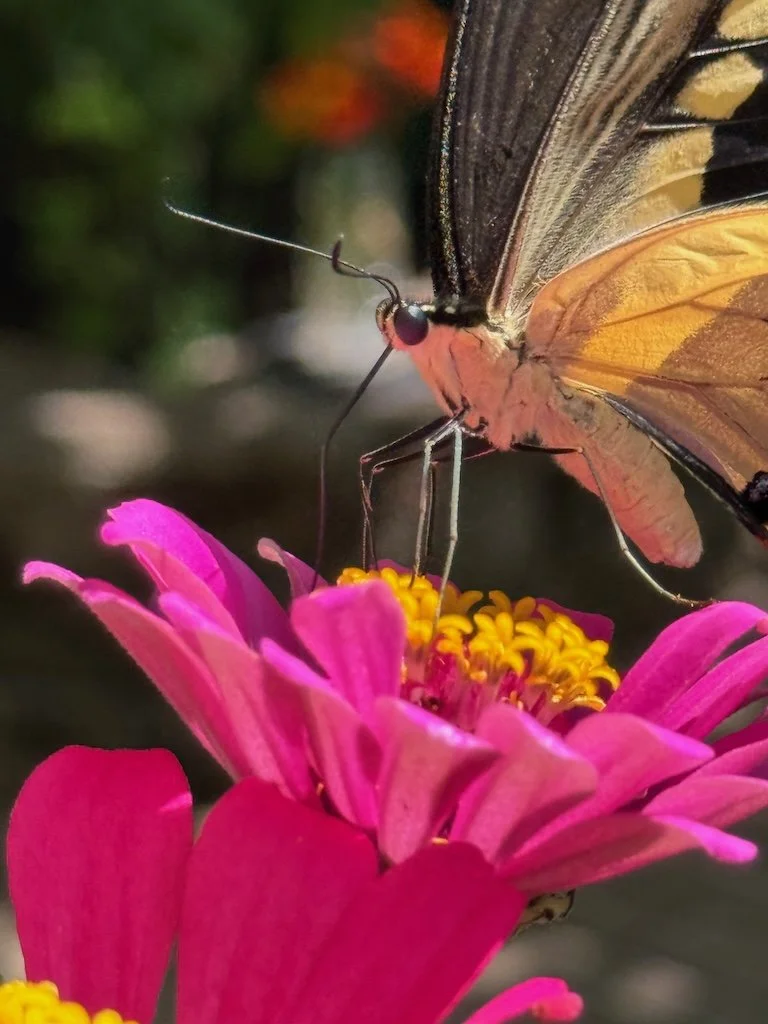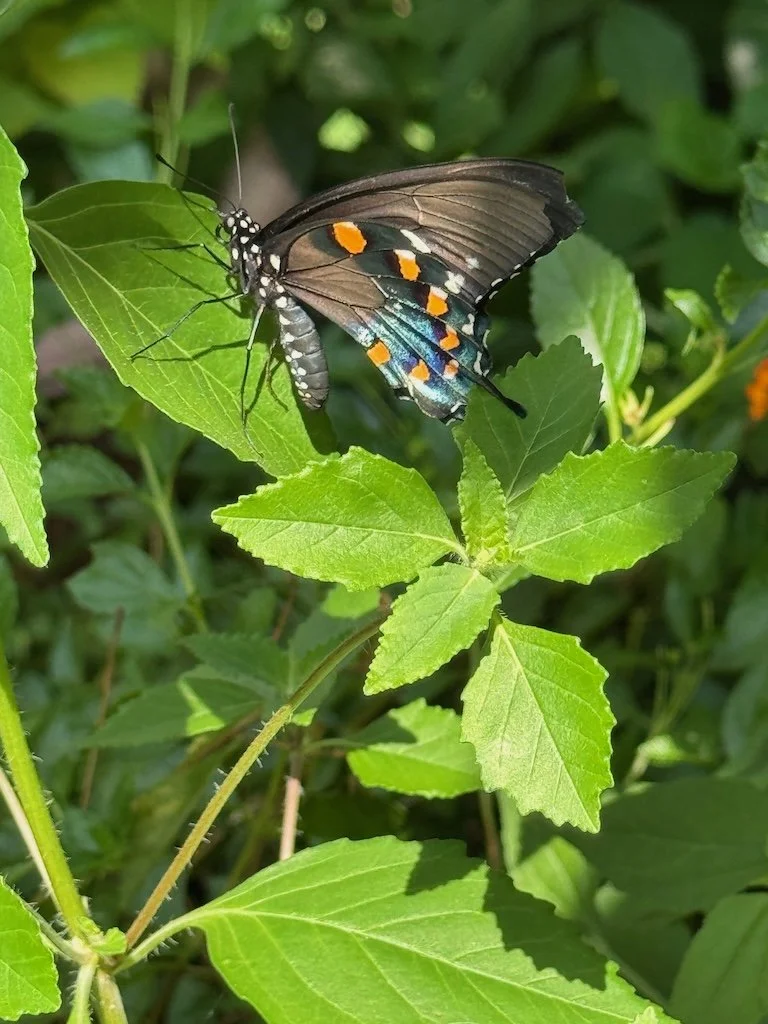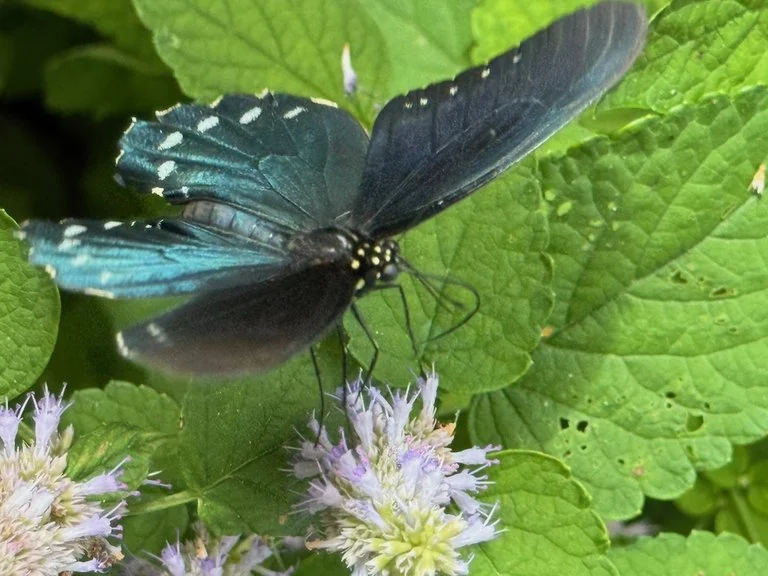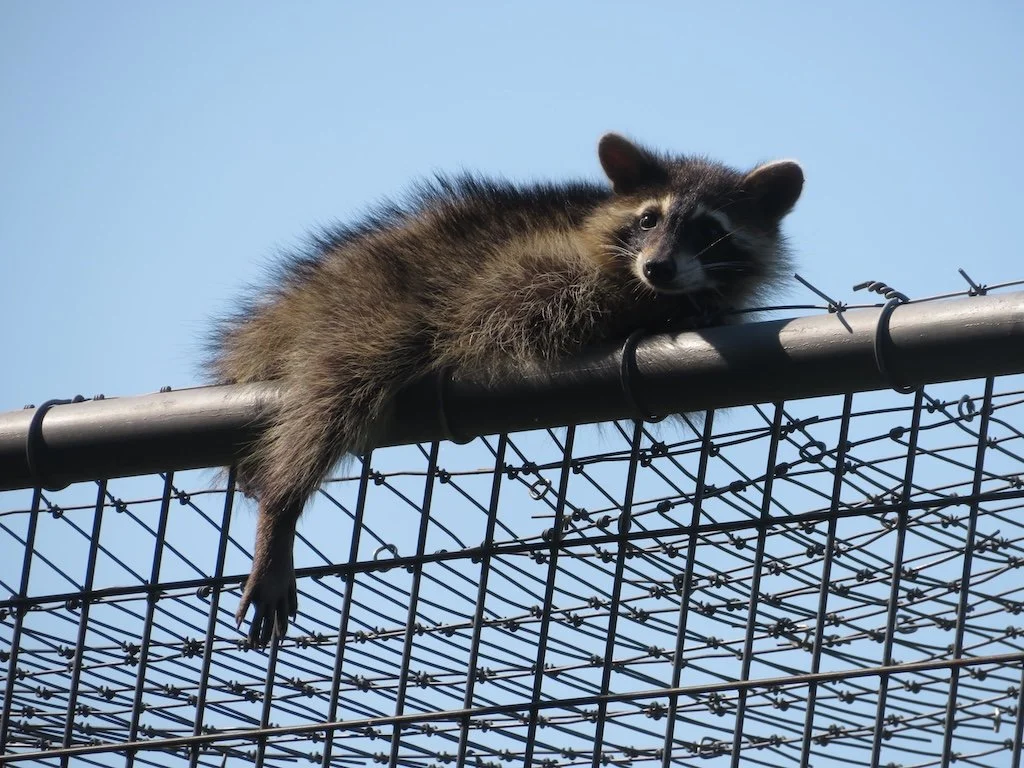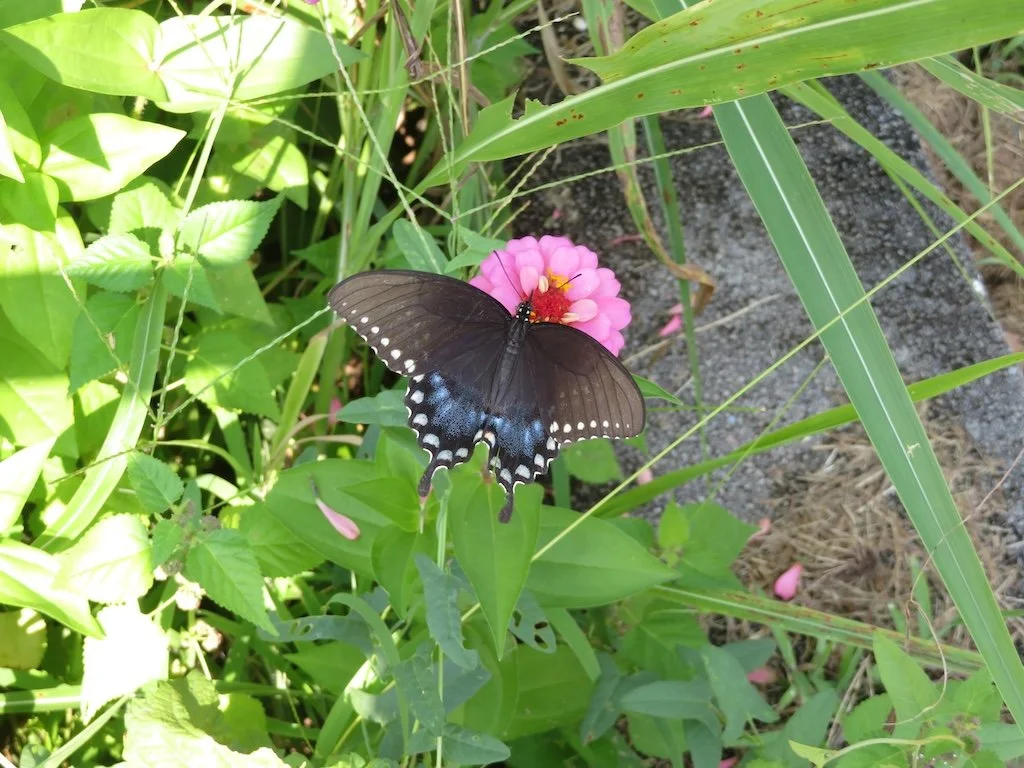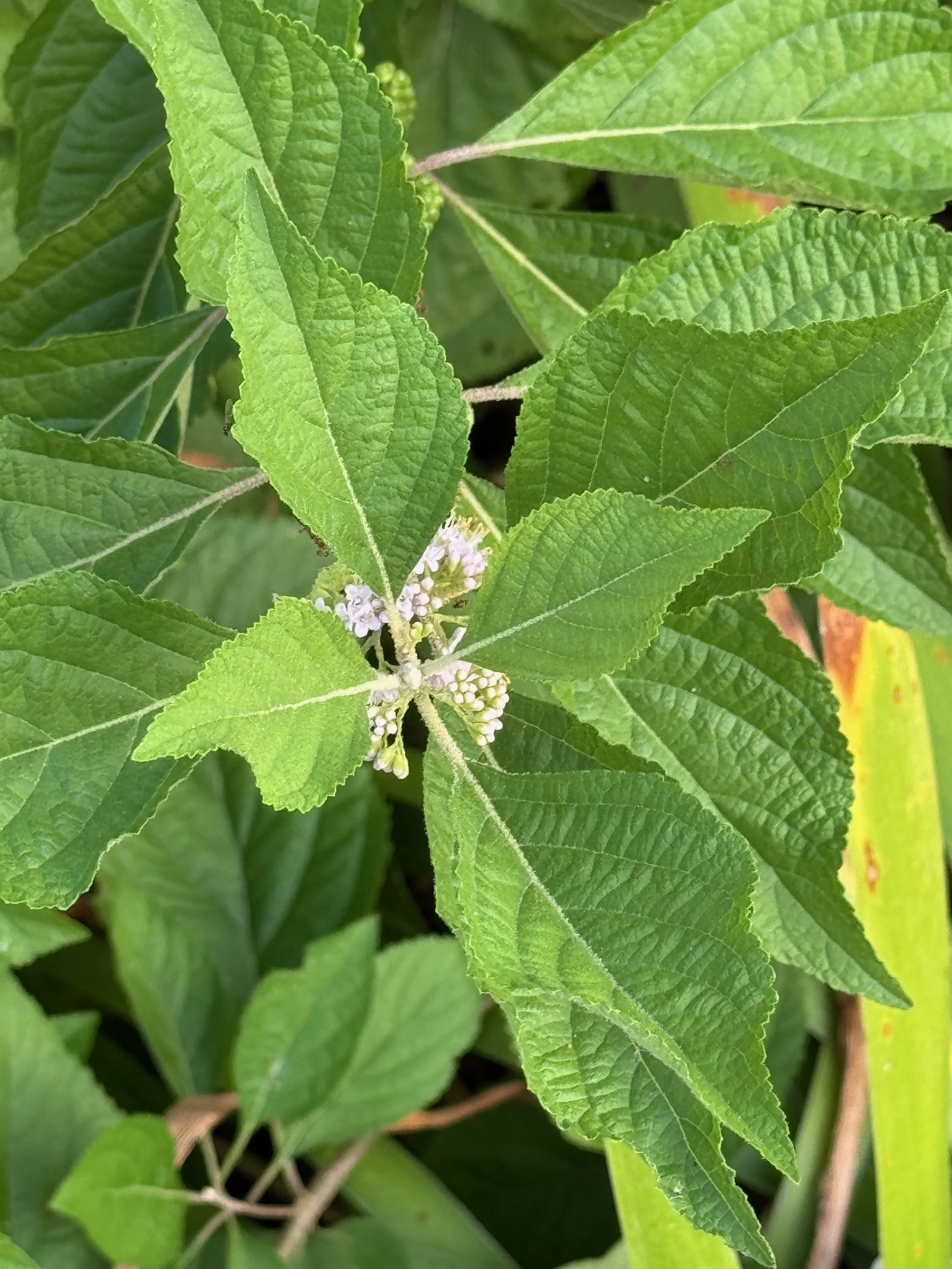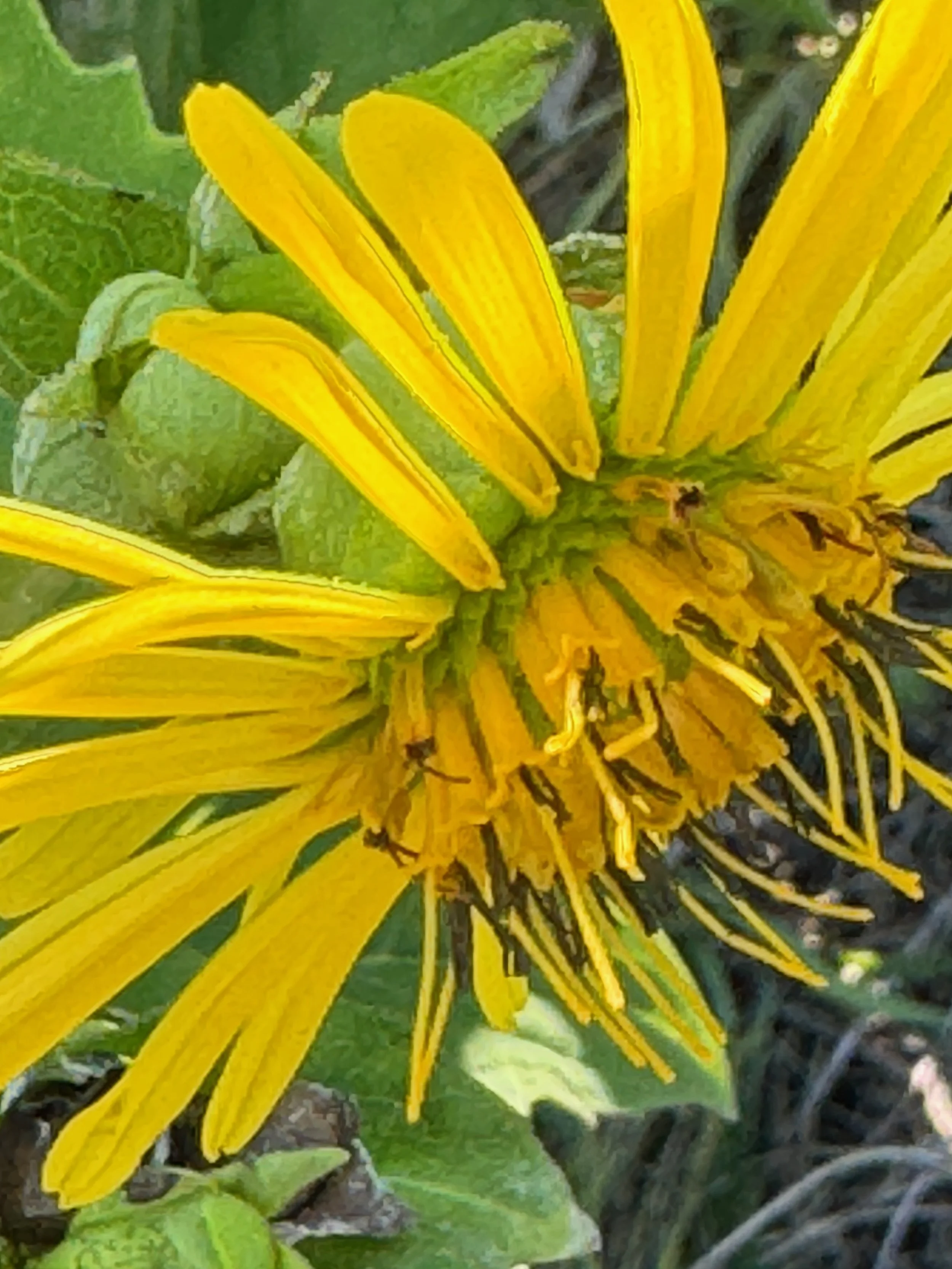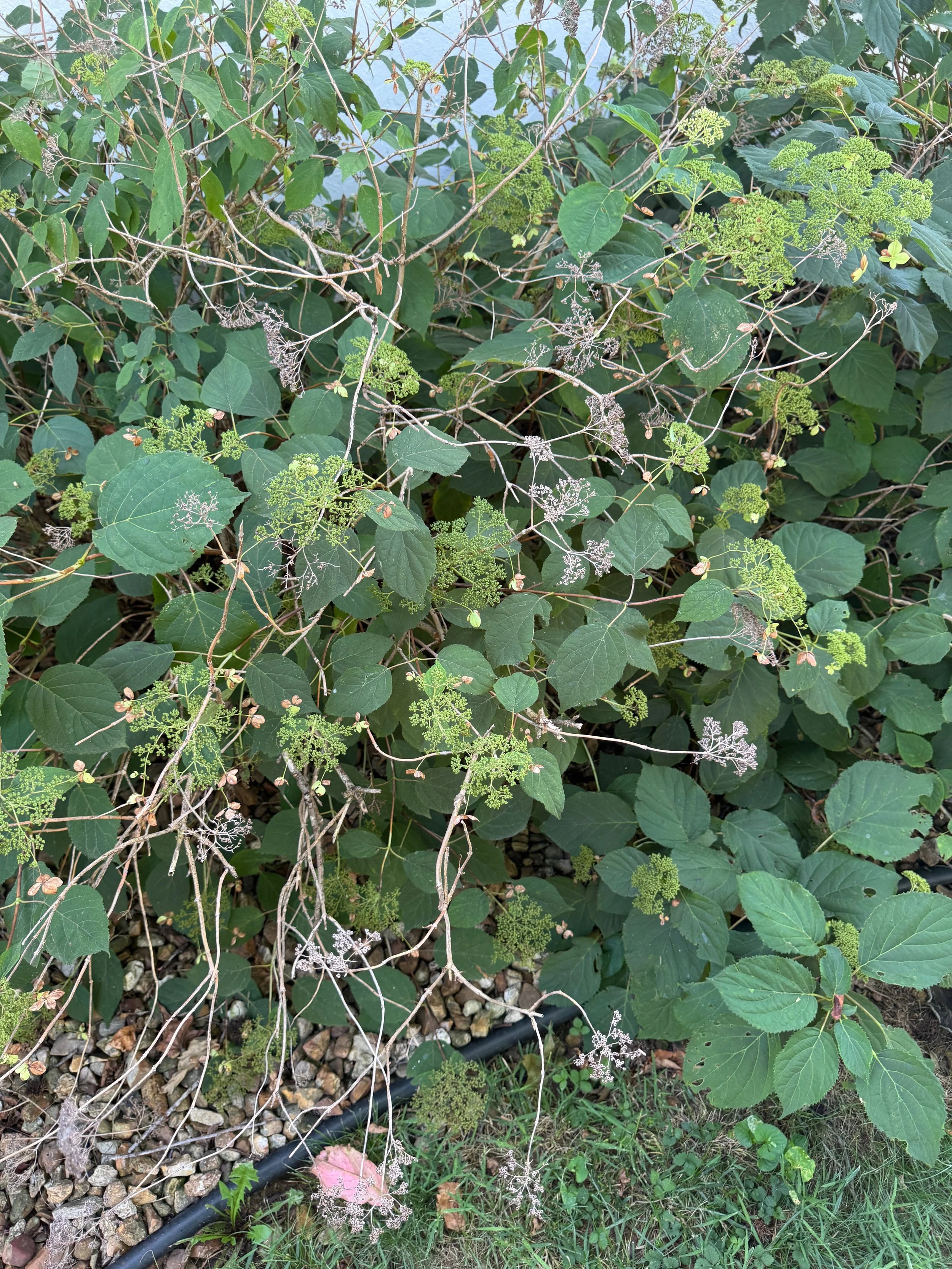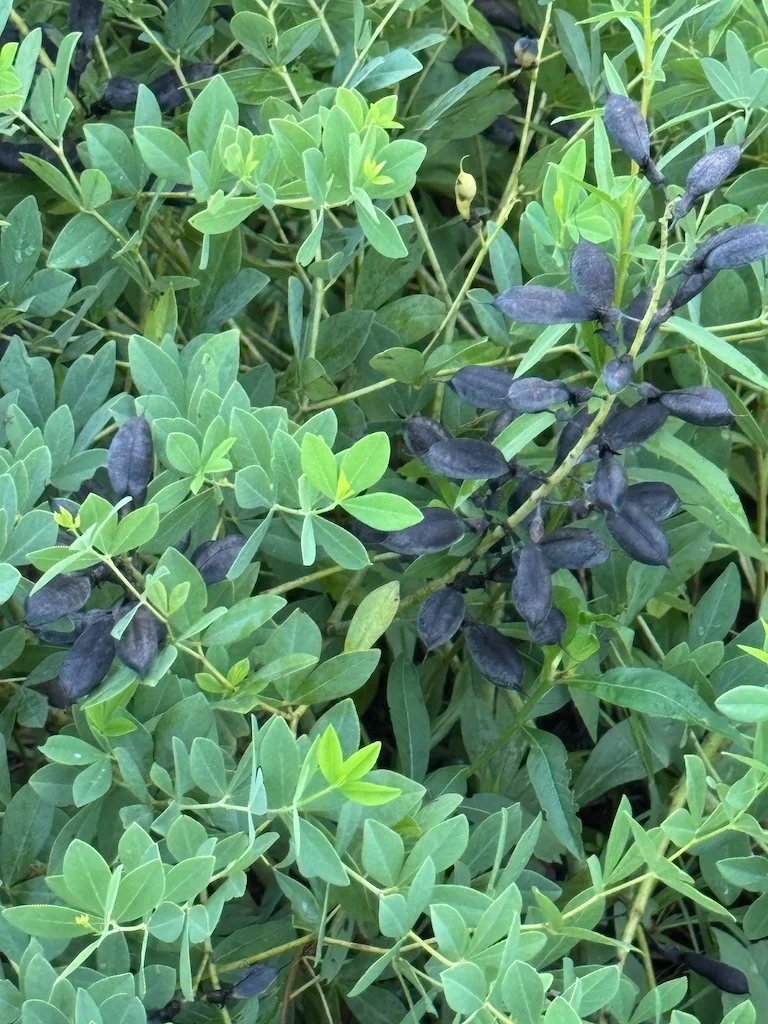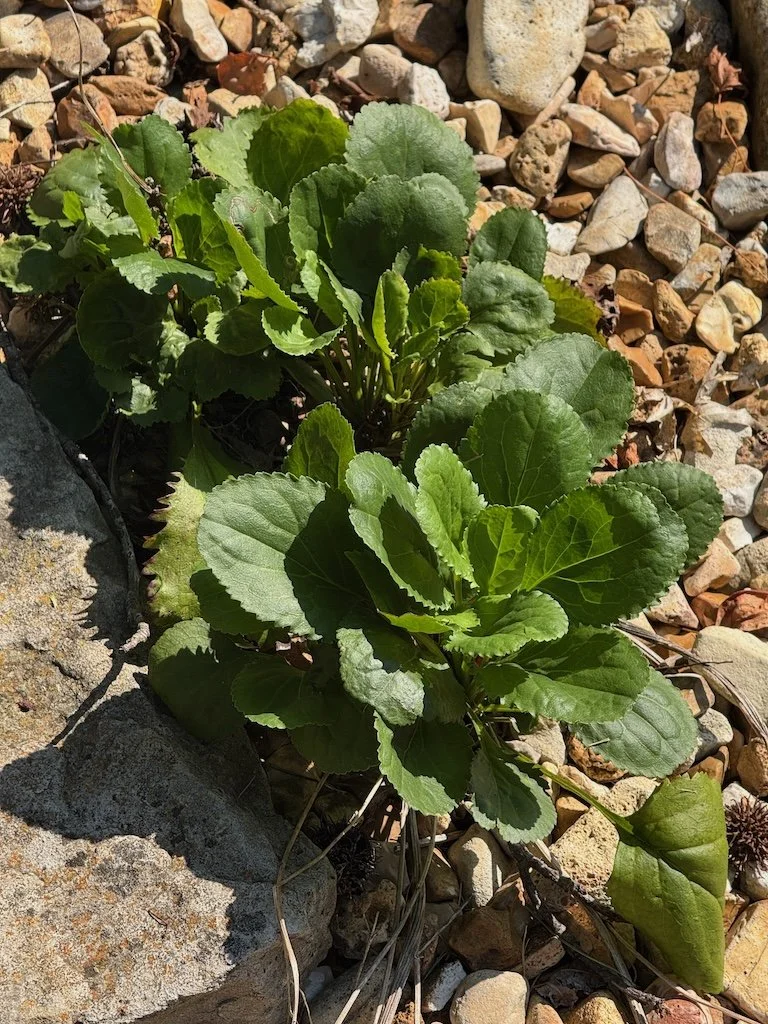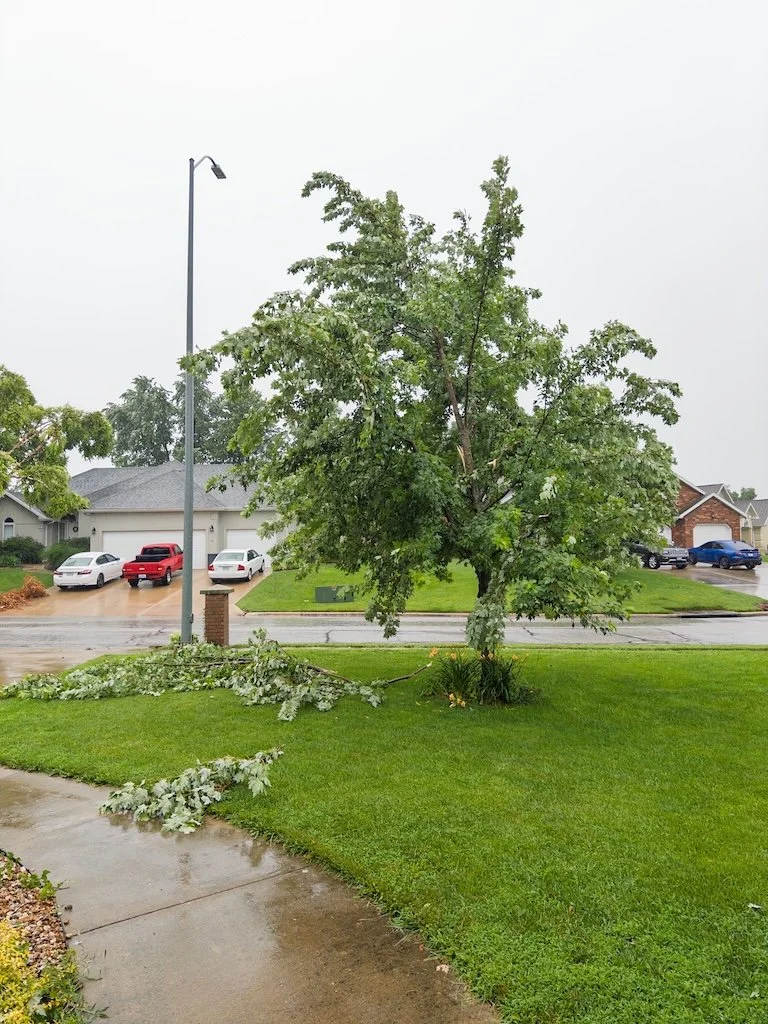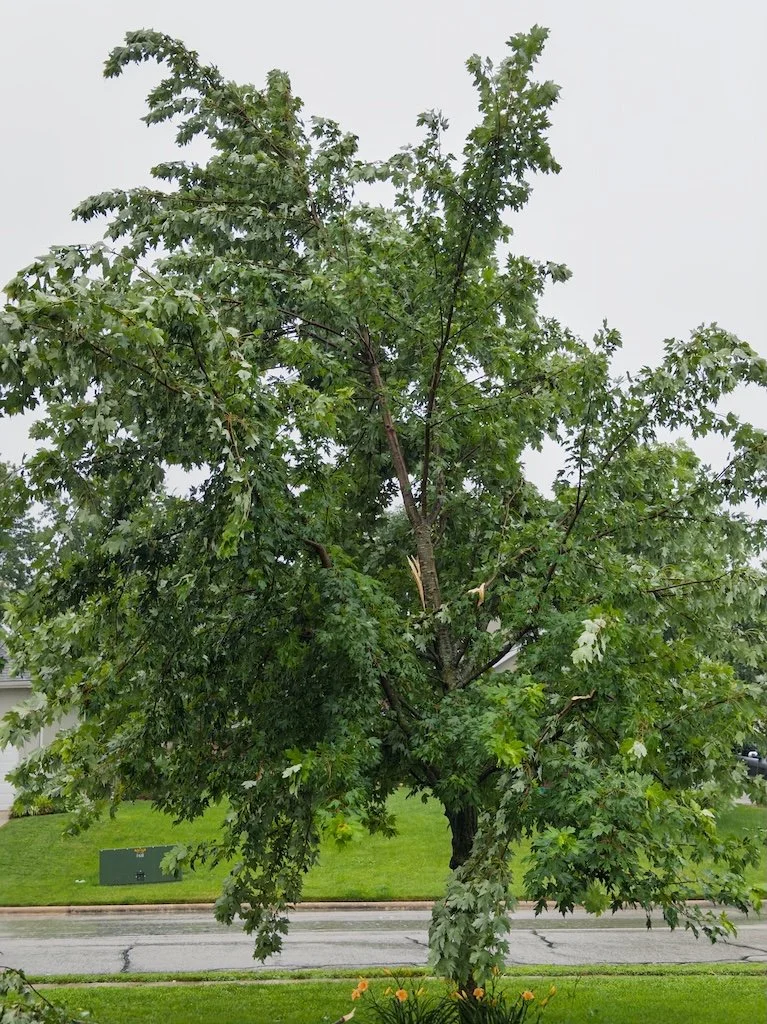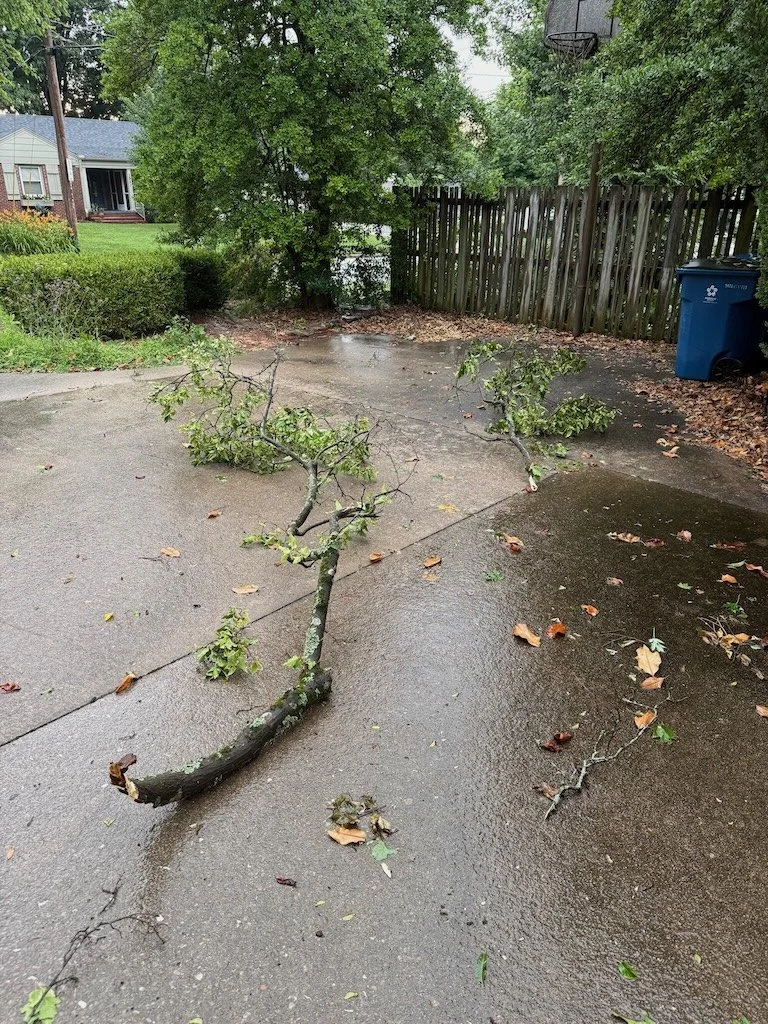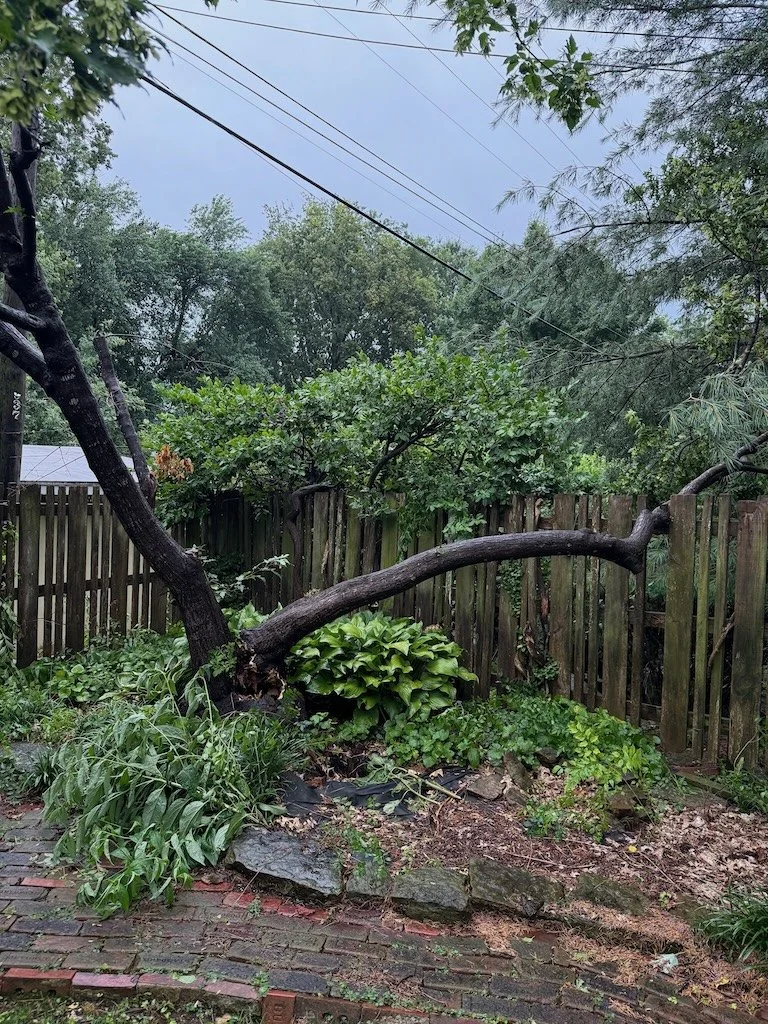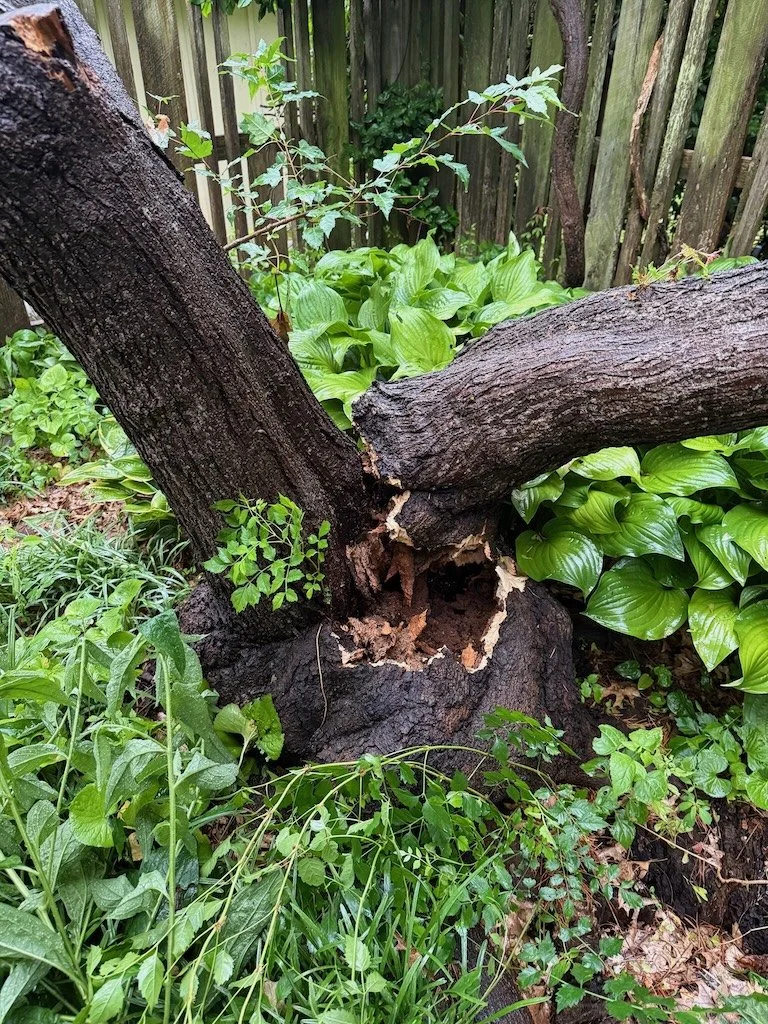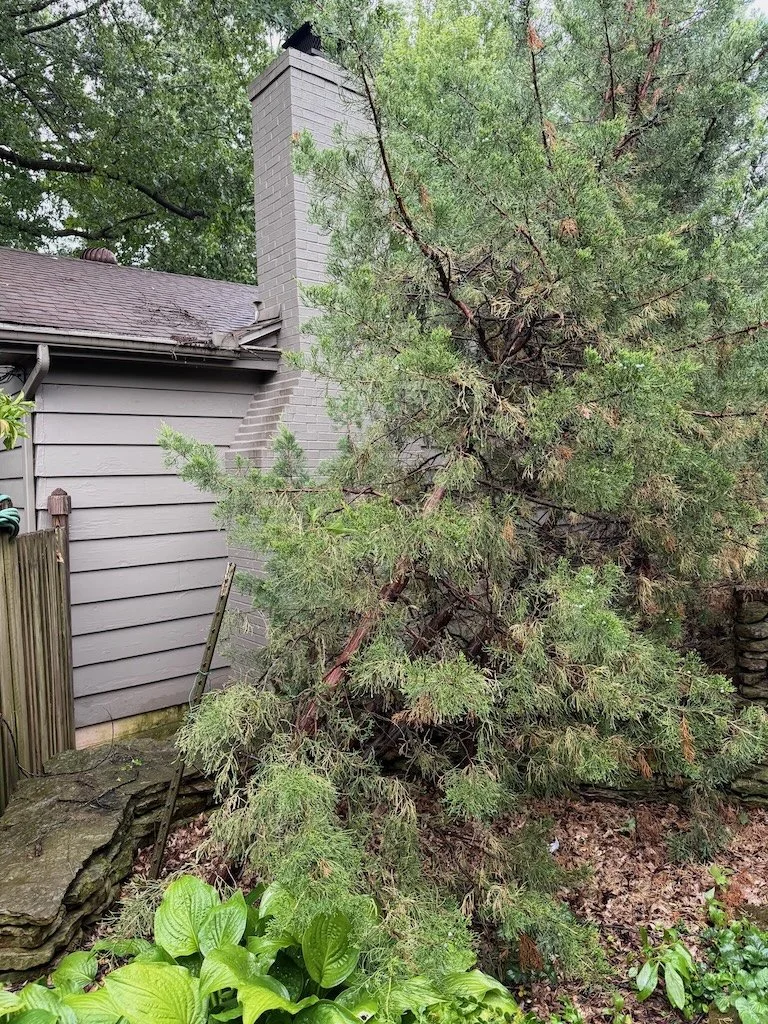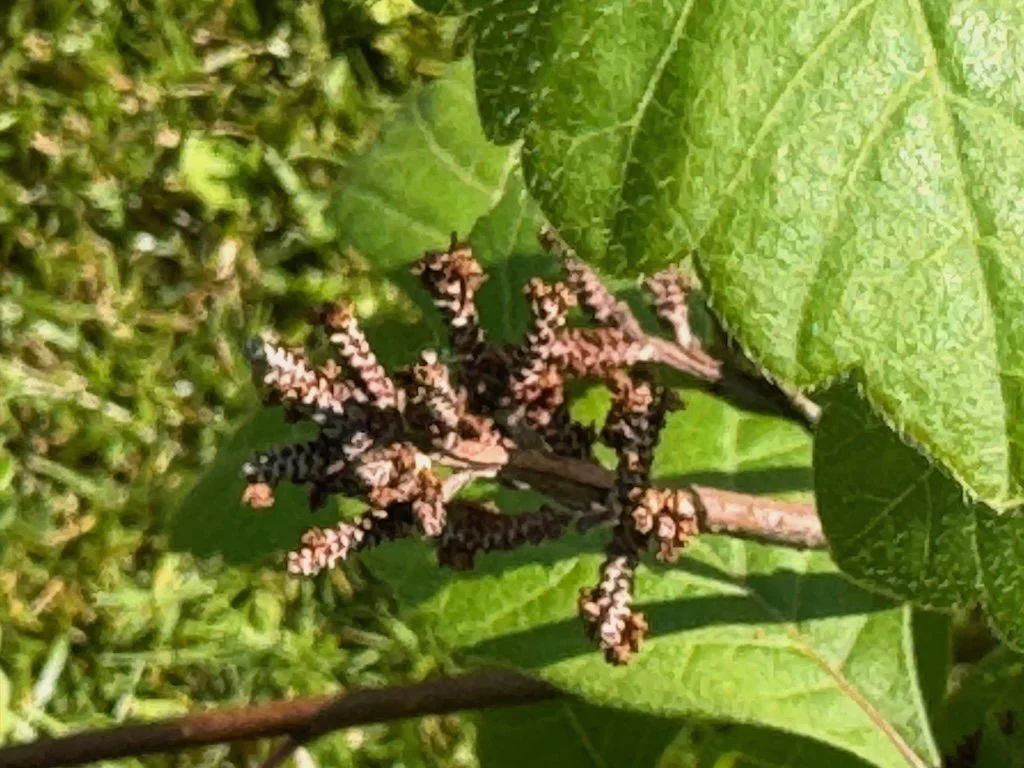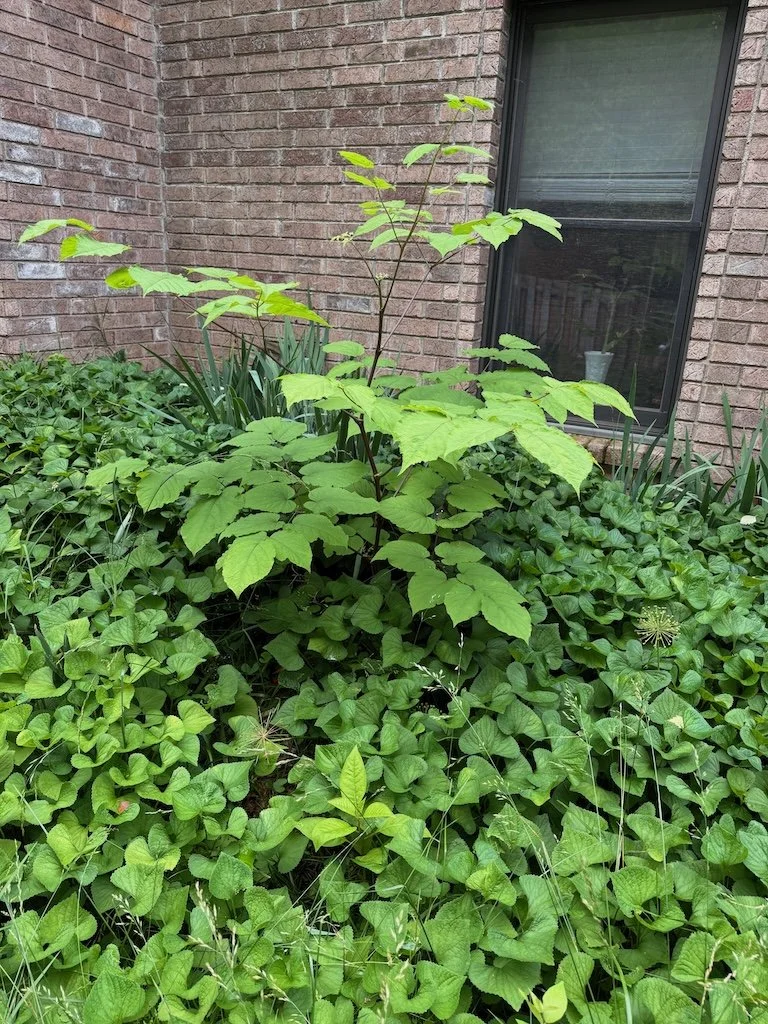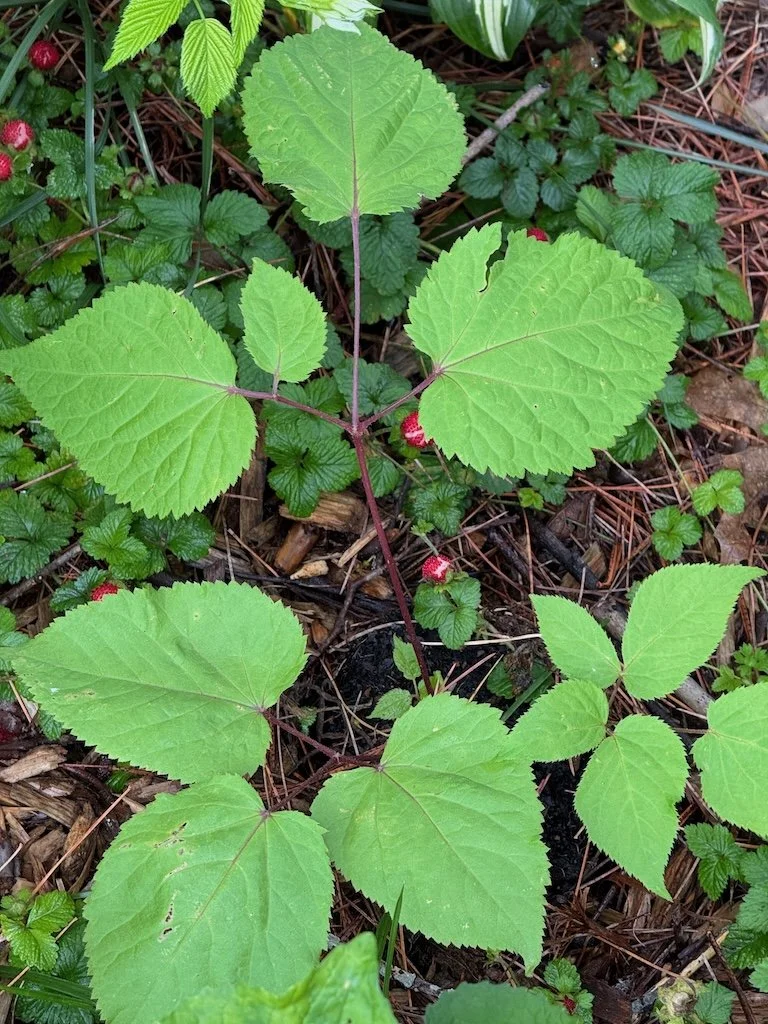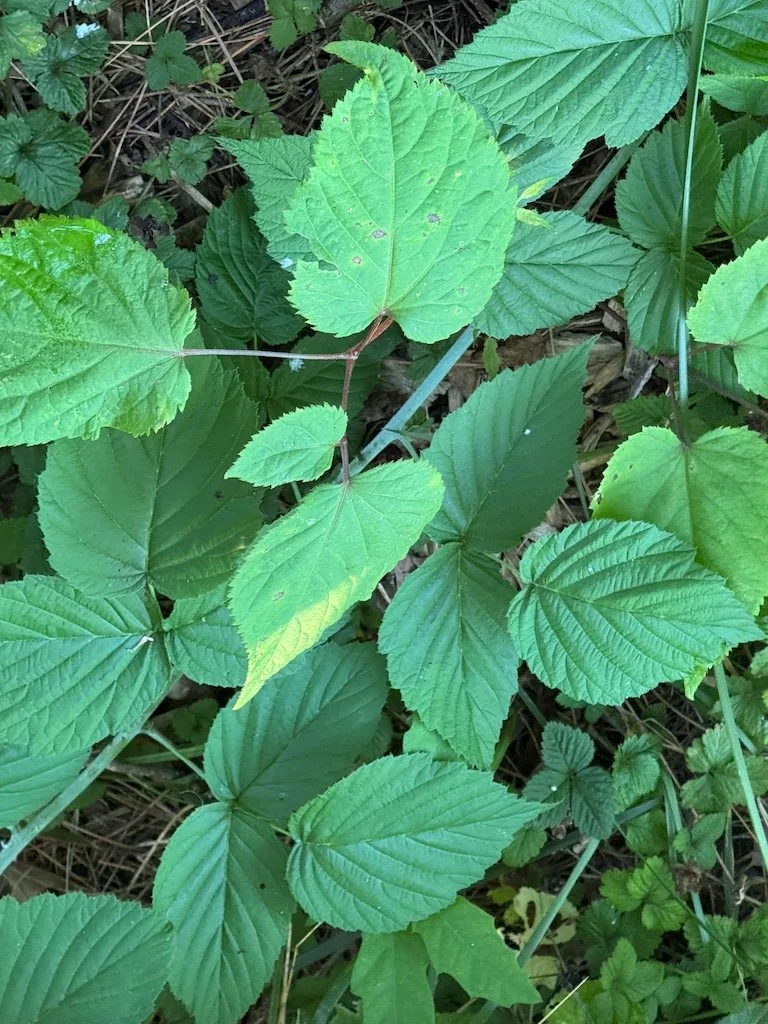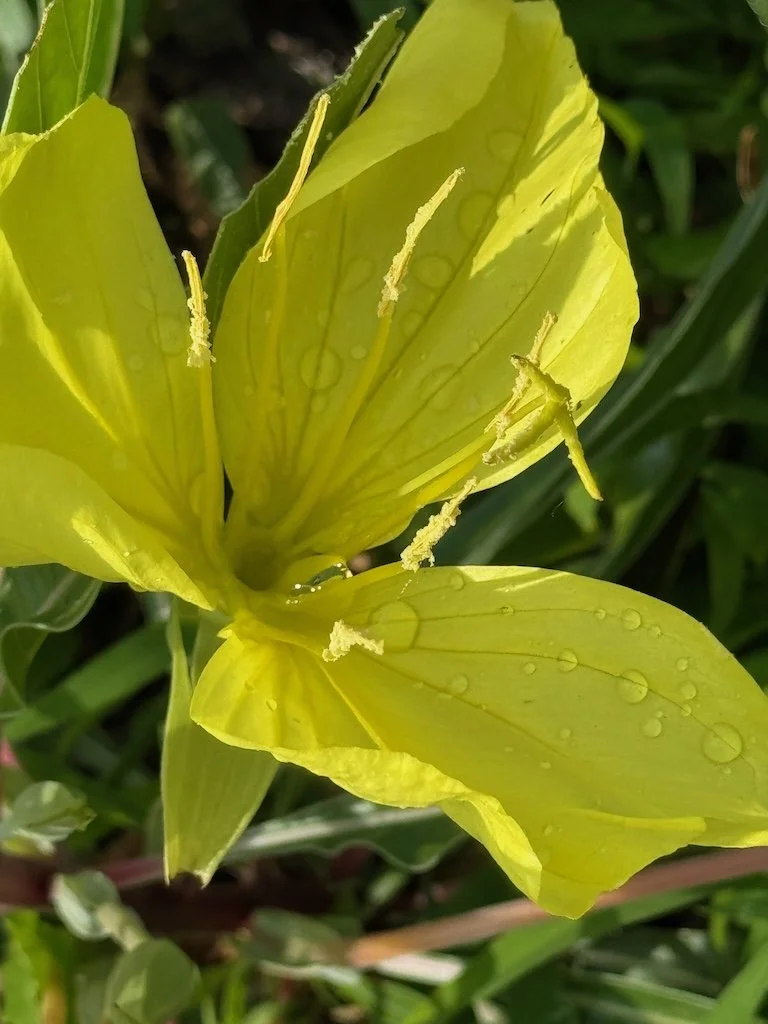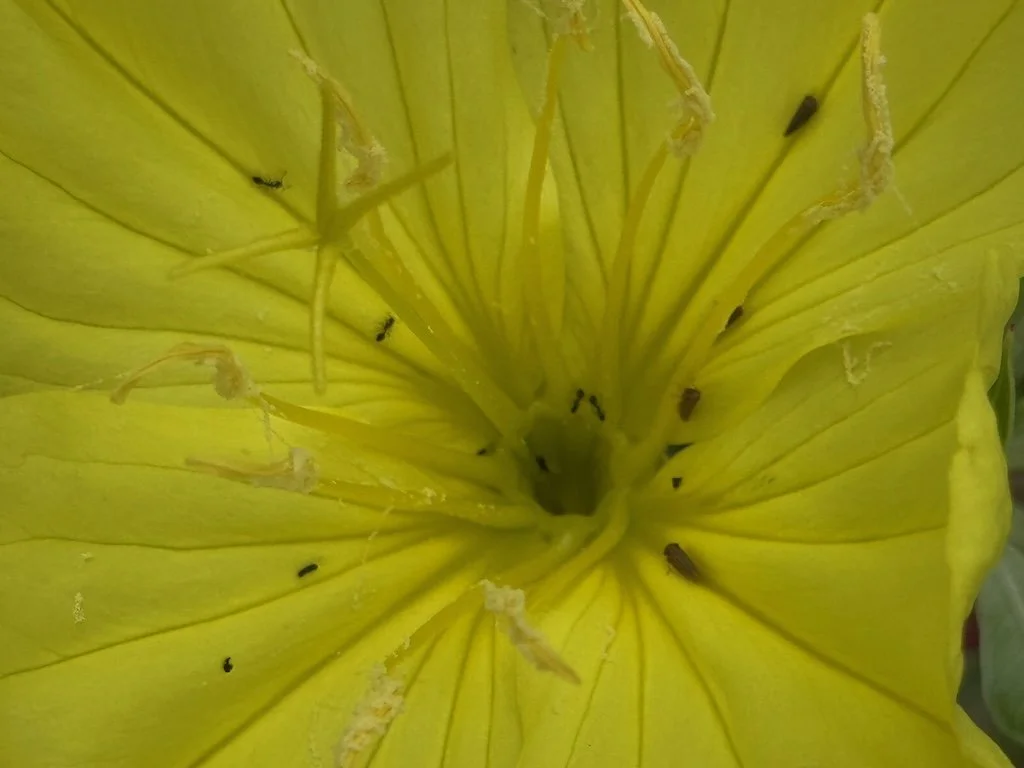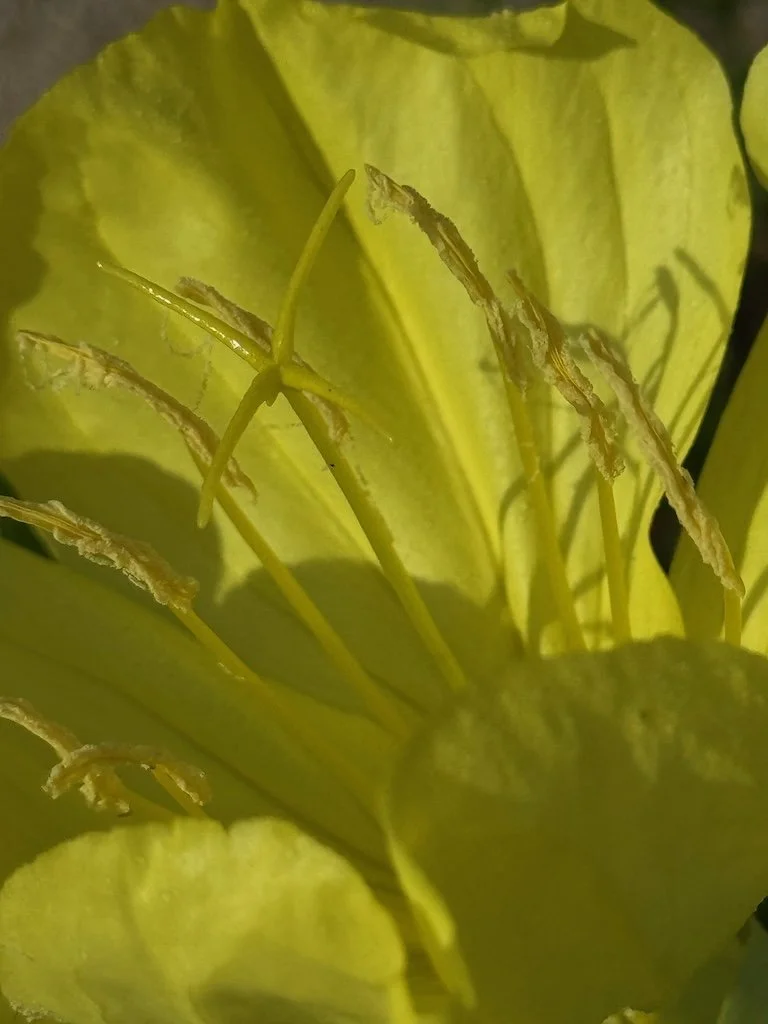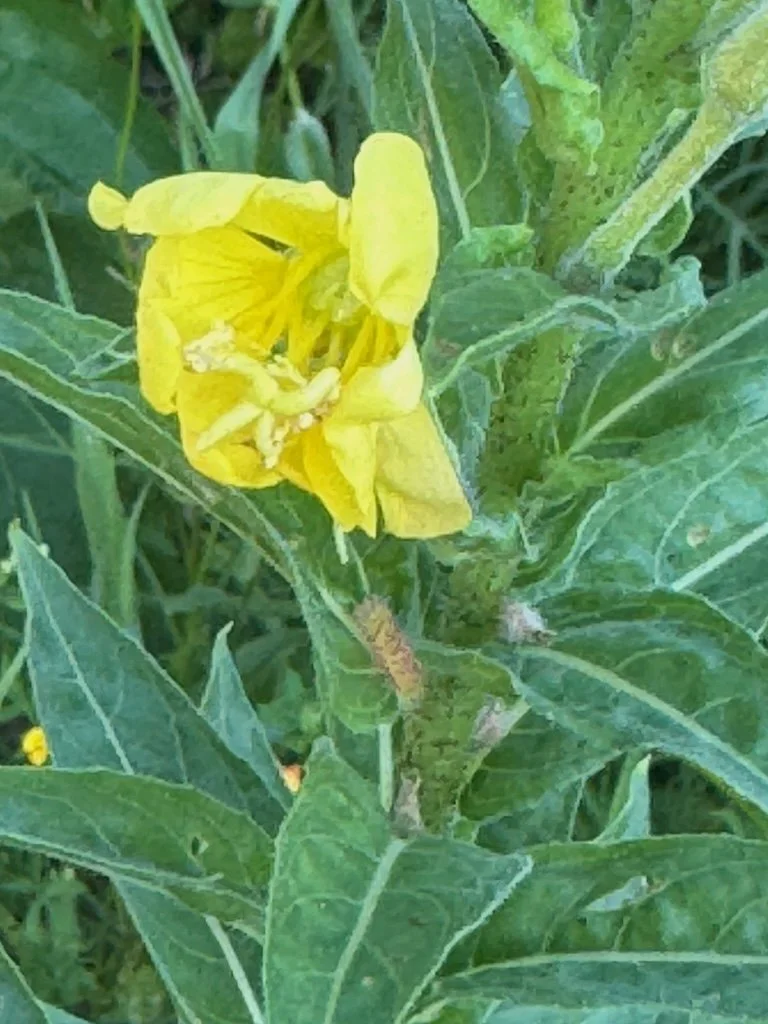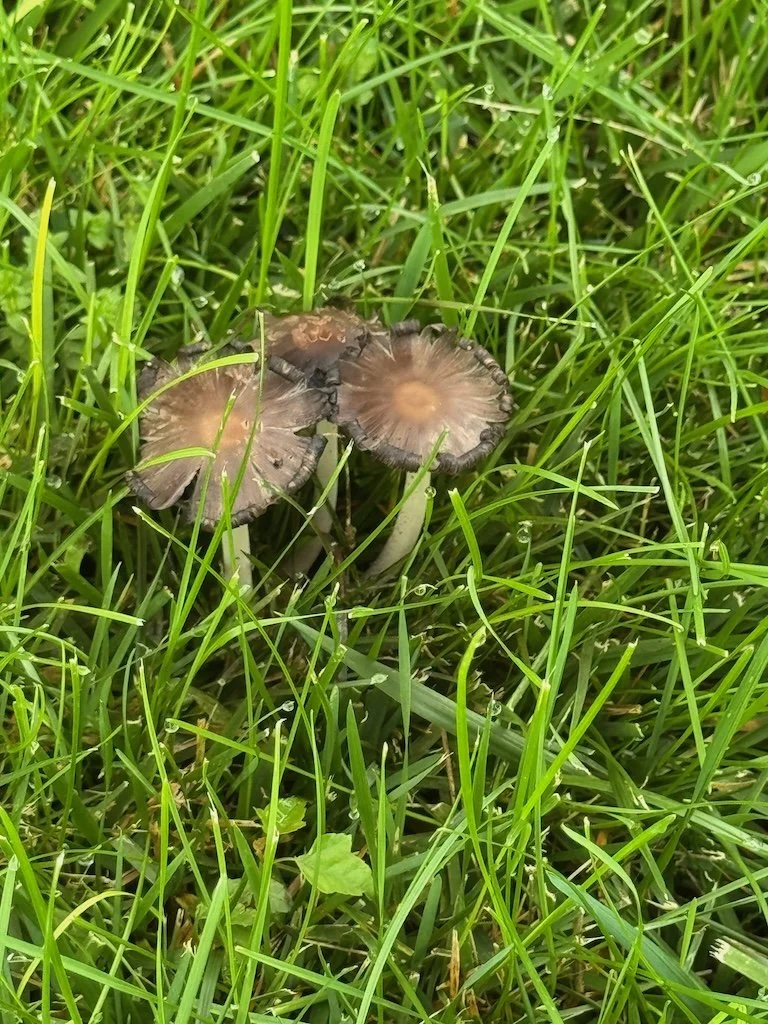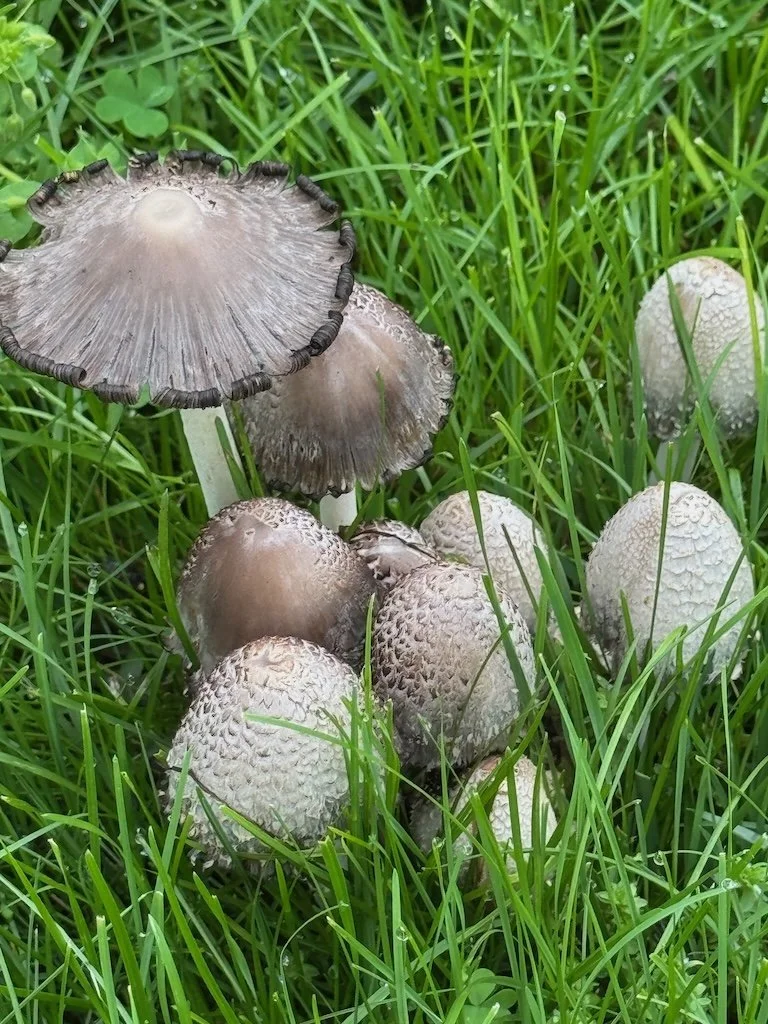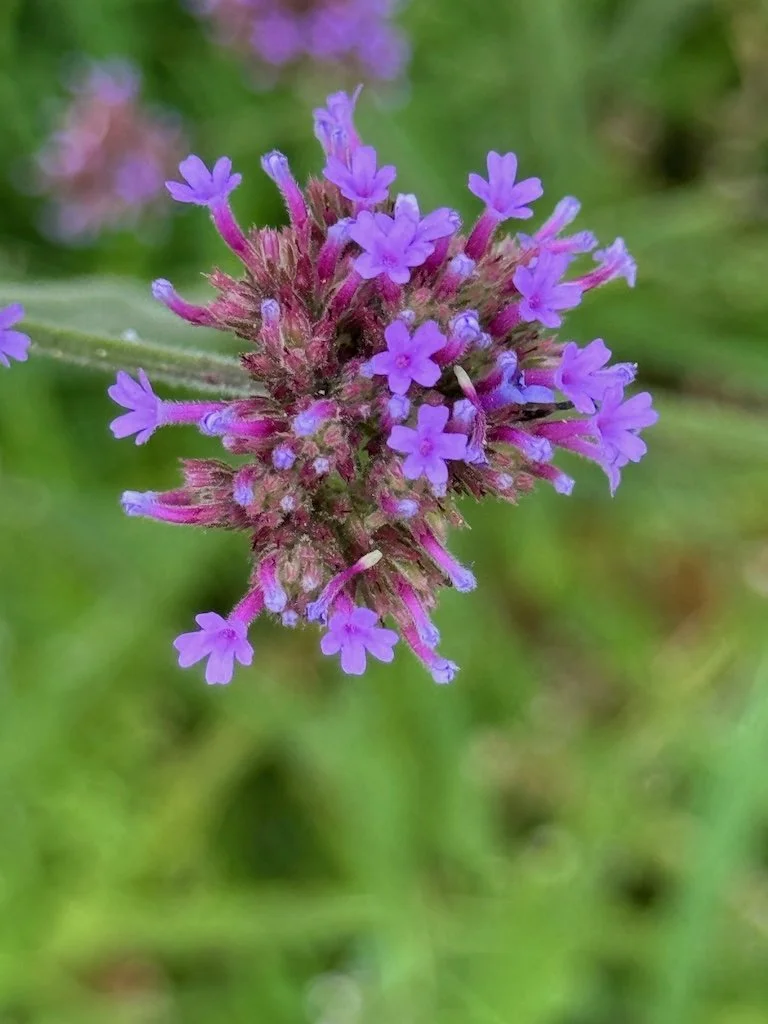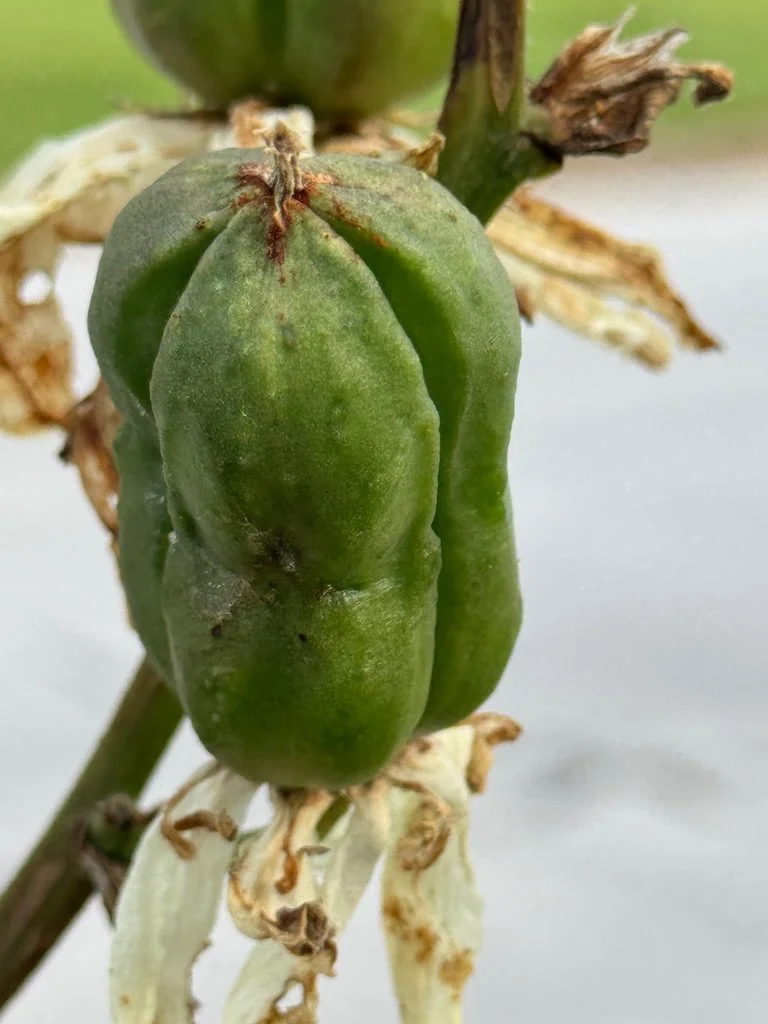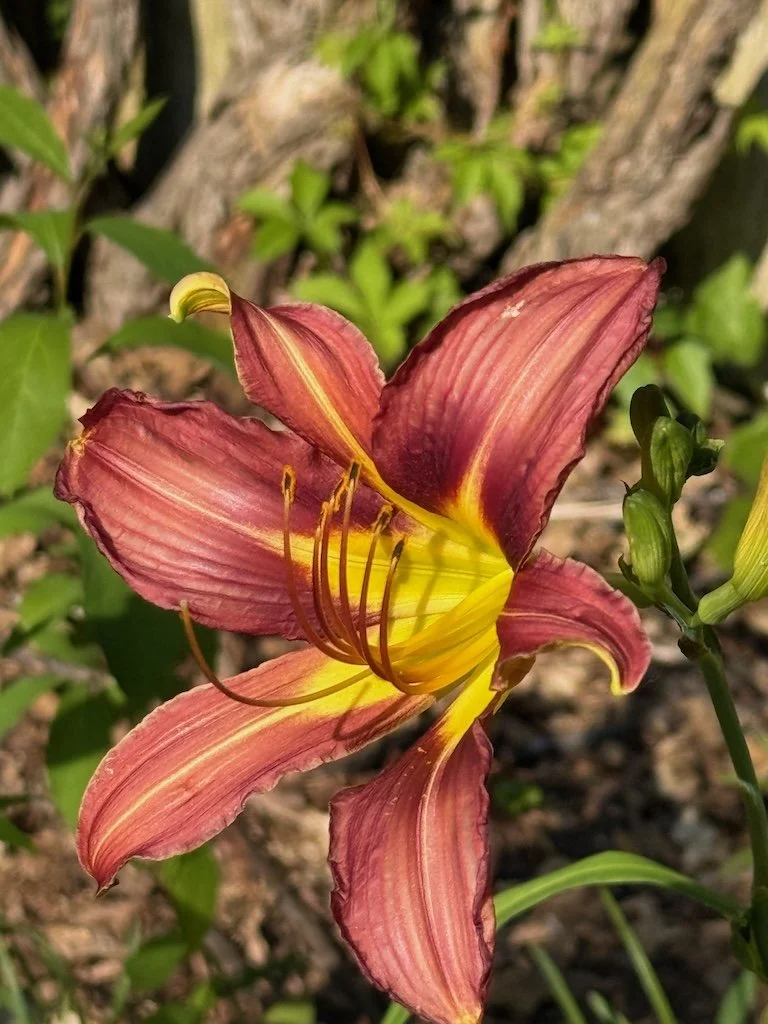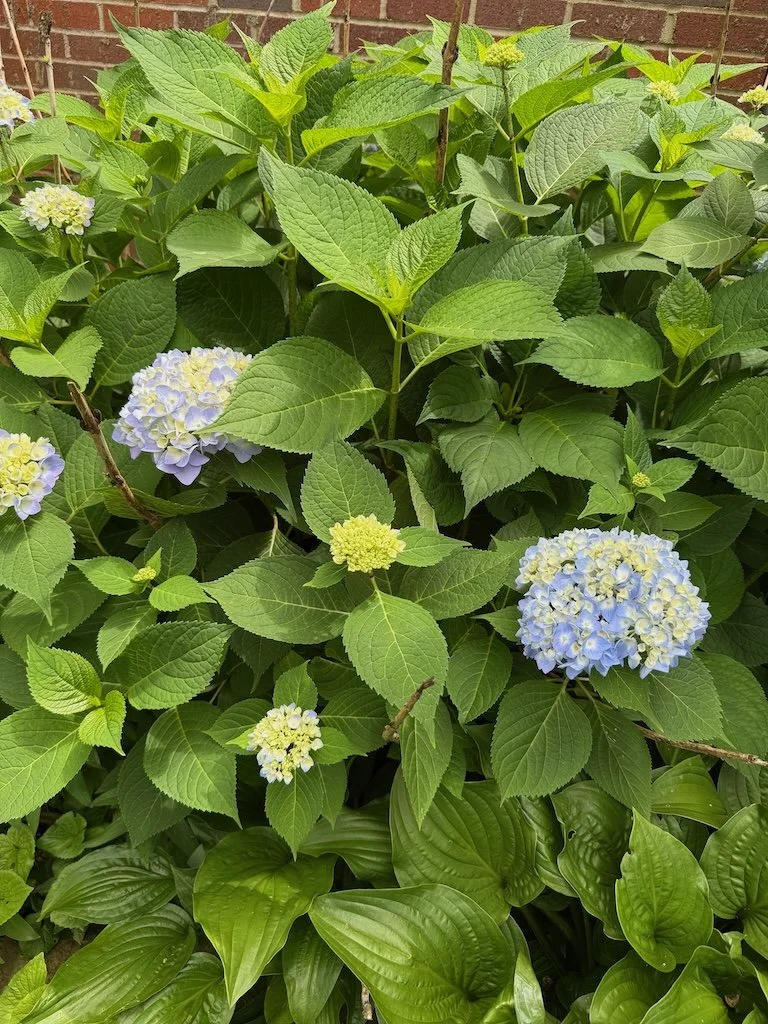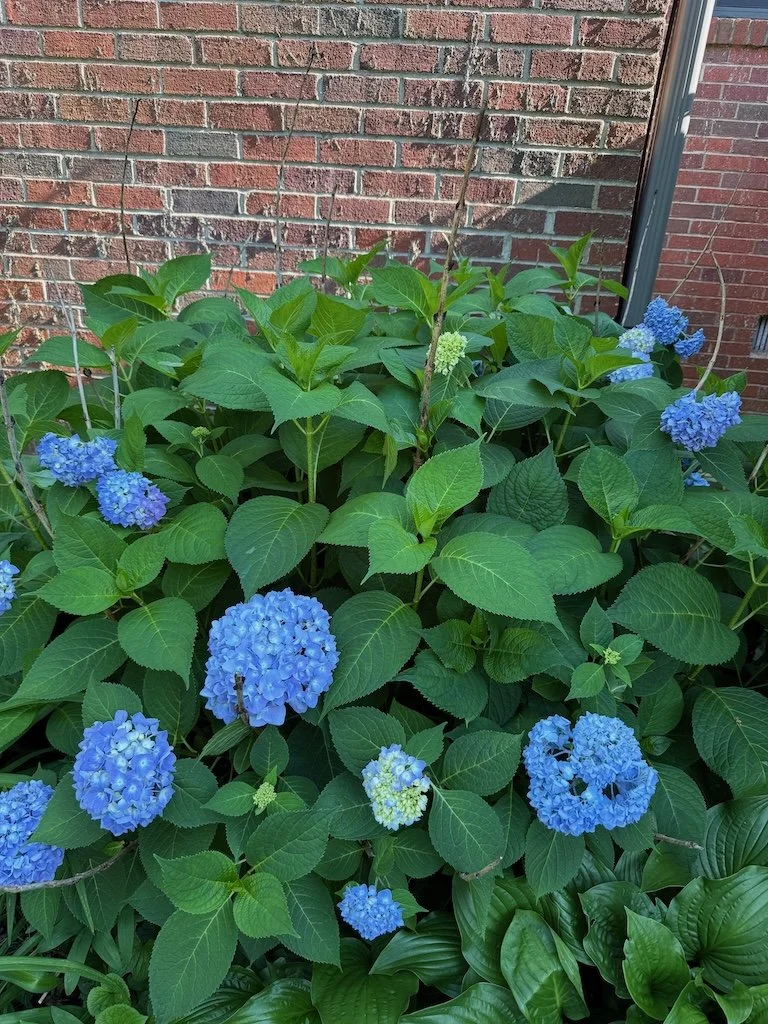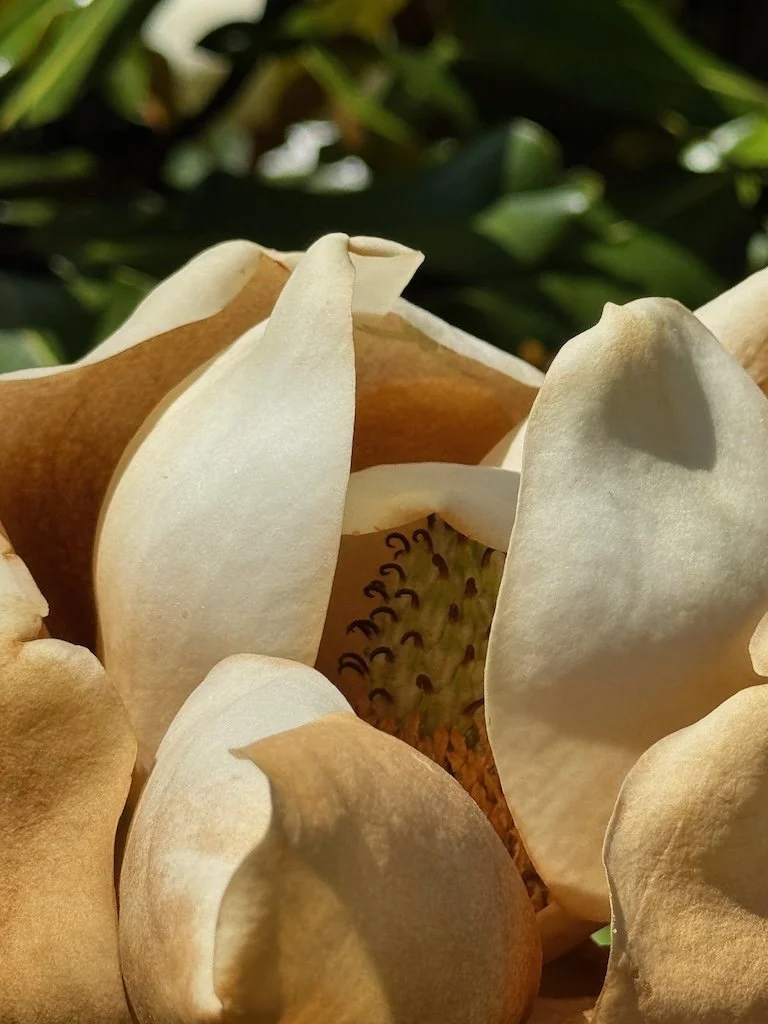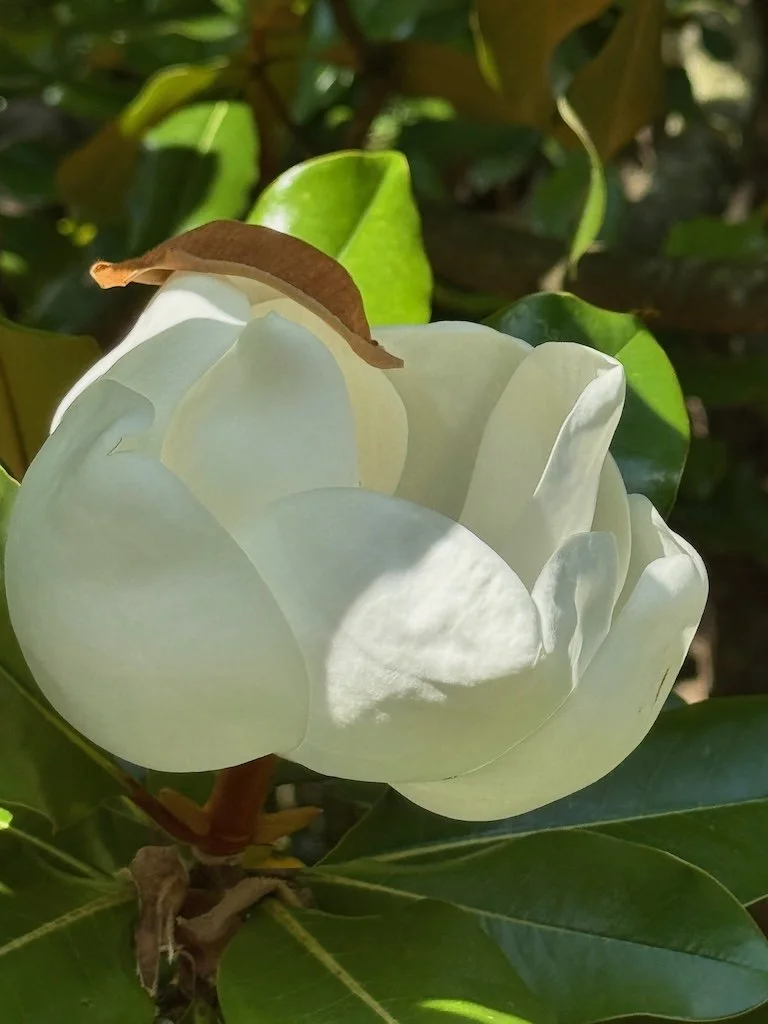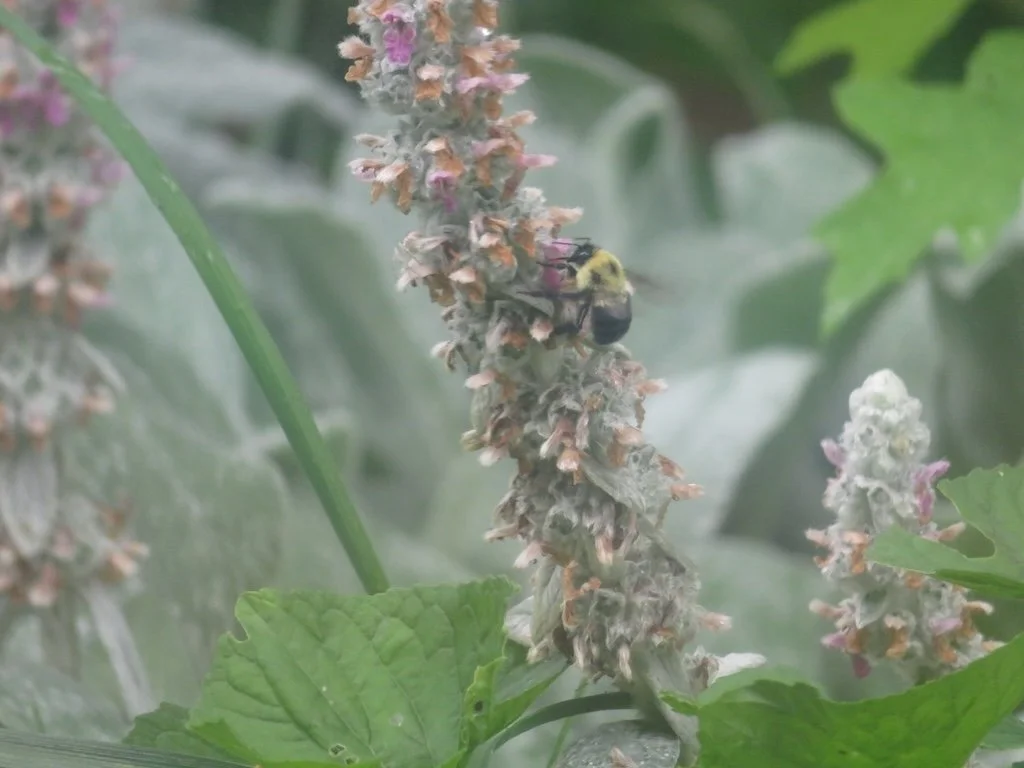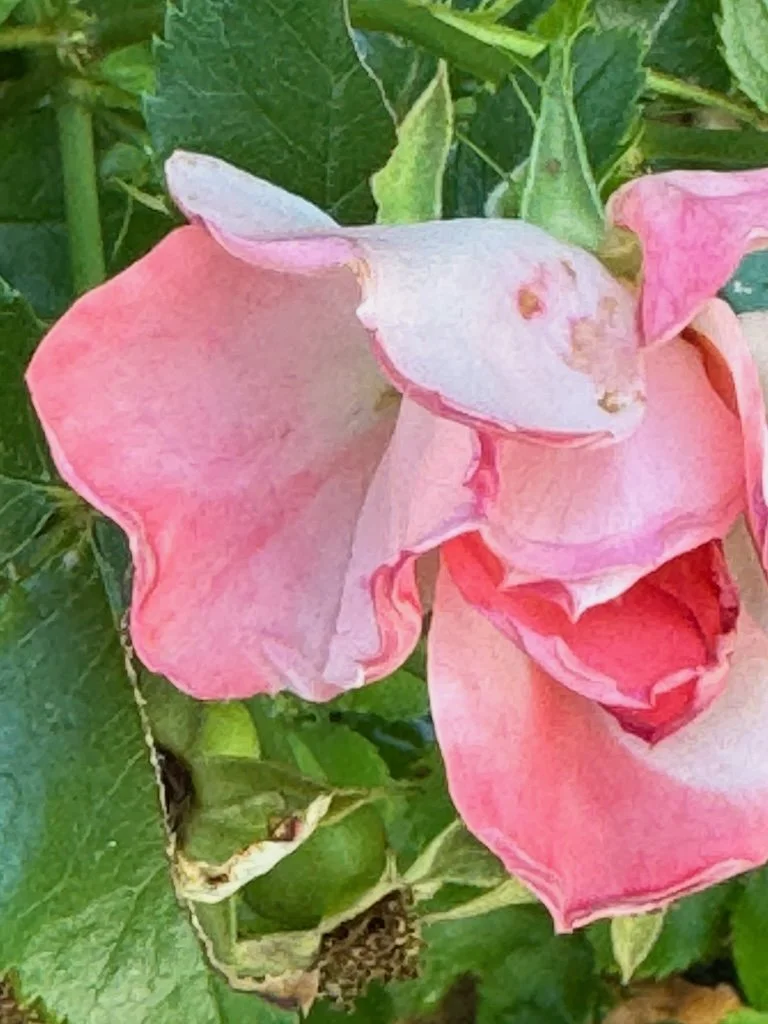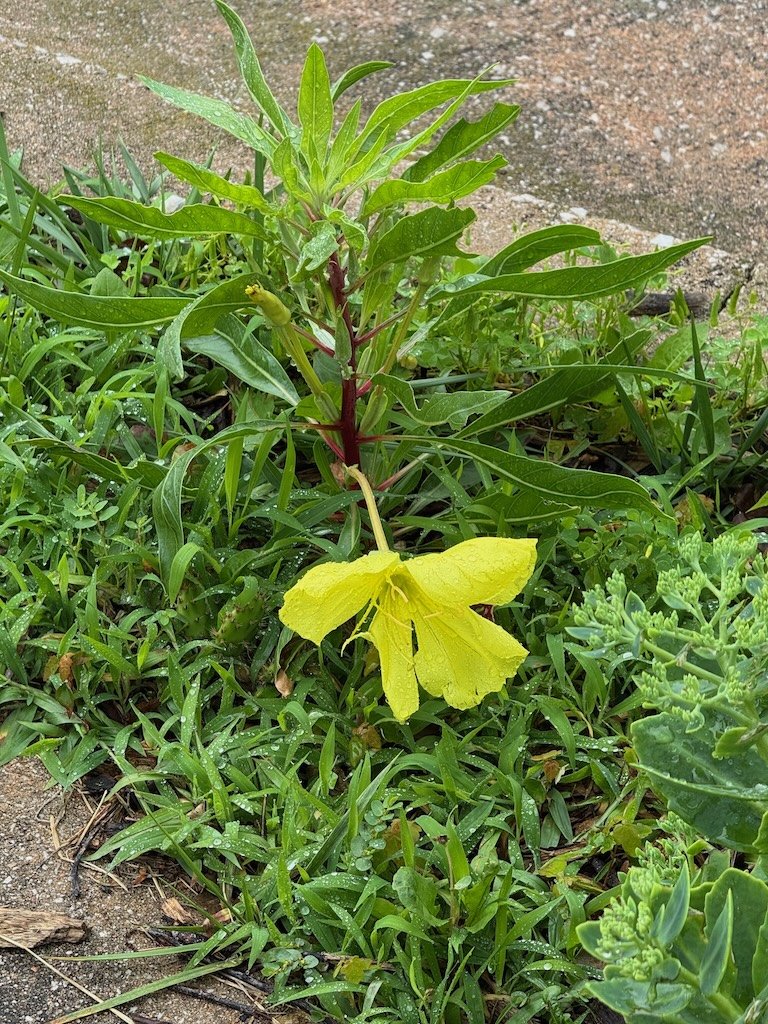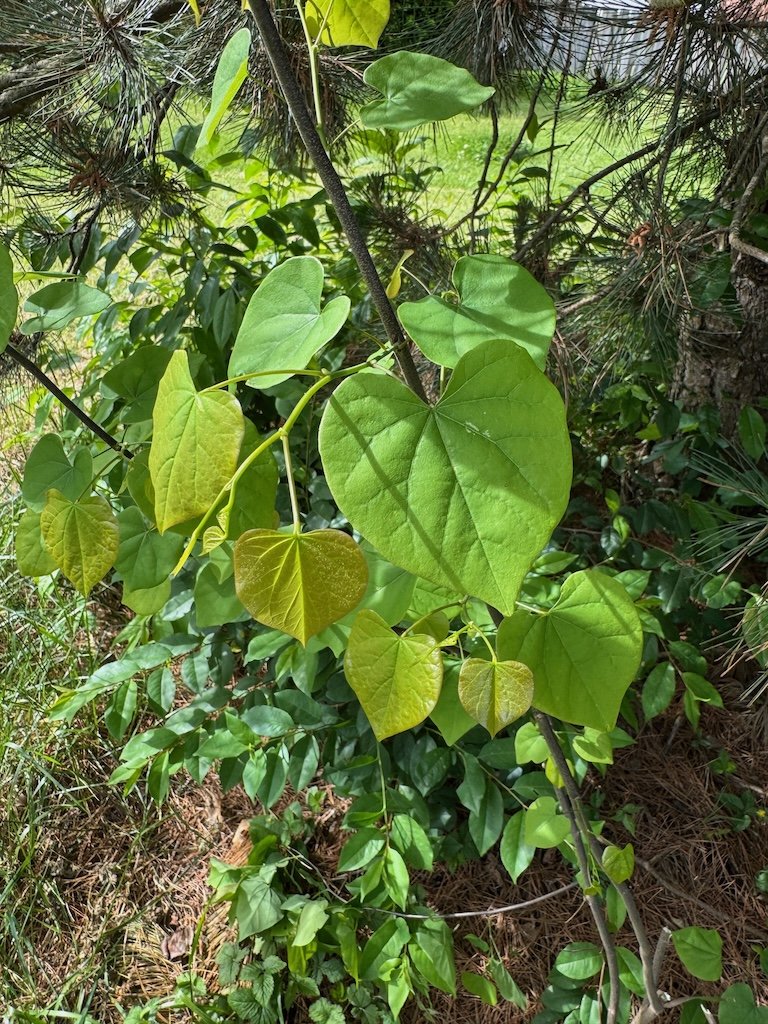The items below were ‘the cream’ of the articles and websites I found this past week. Click on the light green text to look at the article.
How Do Plants Know It’s Getting Hot? - Over the past decade, scientists have identified a few temperature sensors that regulate plant growth, some of which also detect light. Many of the experiments to understand the function of these sensors were done in the dark, leaving daytime temperature sensing unexplored. Now, in a recent study researchers discovered a brand-new role for sugar in daytime temperature sensing. They showed that at high temperatures, sugar acts as a thermostat to override plant-growth brakes, thus enabling heat-responsive stem elongation. These findings could pave way for breeding climate-resilient crops in the face of global warming.
Volunteers Discover 115-Million-Year-Old Dinosaur Tracks Revealed in the Wake of Devastating Texas Floods - Last month’s extreme floods in central Texas have uncovered 115-million-year-old dinosaur tracks in Travis County, which includes Austin. While the discovery is overshadowed by the deaths of more than 138 people at the hands of the very same natural disaster, it sheds further light on the state’s richly preserved paleontological history.
Horseshoe Crabs Break Free from Biomedical Testing - For 40 years, researchers relied on horseshoe crab blood to catch endotoxins in drugs. Now, synthetic alternatives and updated regulations can end the practice.
Cultivating for color: The hidden trade-offs between garden aesthetics and pollinator preferences - There are native plants with colorful and interesting flowers that bloom at different times, from early spring to late fall. These plants tend to produce reliable floral signals and offer the nectar and pollen needed to support pollinator nutrition and development.
Ancient Dental Plaque Unearths Prehistoric People’s Lifestyle - Tartar on ancient teeth is the oral microbiome fossilized over time. When researchers sequenced the genetic material isolated from ancient tartar, they found it teeming with bacterial DNA. The researchers identified several pathogenic bacteria and some antibiotic resistance genes, suggesting that the potential for antibiotic resistance was present in prehistoric times. Several bacteria such as those belonging to the genera Streptococcus and Actinomyces coexisted with humans through their evolution, offering insights into microbial health and disease through the ages.
An interstellar visitor and hairy caterpillars: The best science pictures of the week – From the BBC.
One small walking adjustment could delay knee surgery for years - A groundbreaking study has found that a simple change in walking style can ease osteoarthritis pain as effectively as medication—without the side effects. By adjusting foot angle, participants reduced knee stress, slowed cartilage damage, and maintained the change for over a year. The caveat: Before this intervention can be clinically deployed, the gait retraining process will need to be streamlined.
A 2,000-Year-Old Sun Hat Worn by a Roman Soldier in Egypt Goes on View After a Century in Storage - A Roman soldier in ancient Egypt dealt with the excruciating power of the sun roughly 2,000 years ago: by donning a felt cap.
Amazon & Brimstone Advance Lower-Carbon Cement Collaboration - Brimstone developed a breakthrough process to co-produce multiple industrial materials, including portland cement, supplementary cementitious materials, and smelter grade alumina. The company was founded in 2019 to develop next-generation industrial processes optimized for economics, efficiency, and sustainability. The companies announced they signed a commercial agreement to secure a future supply of Brimstone’s materials in the coming years, pending successful completion of testing and commercialization to scale up requirements.
As Fire Season Ramps Up, Thousands of U.S. Firefighting Positions Are Vacant - ProPublica’s review of internal agency data found that more than 4,500 Forest Service firefighting jobs — over one-fourth of all the agency’s firefighting jobs — were vacant as of July 17. The Guardian also reported that vacancy rates were highest in the Pacific Northwest and Intermountain Regions, at 39 percent and 37 percent respectively. Even before all the layoffs and resignations this spring — the Forest Service sometimes struggled to get through busy fire seasons. Firefighters have been called in from Canada, Mexico, and Australia when resources are stretched too thin, and sometimes National Guard or military troops are deployed.

